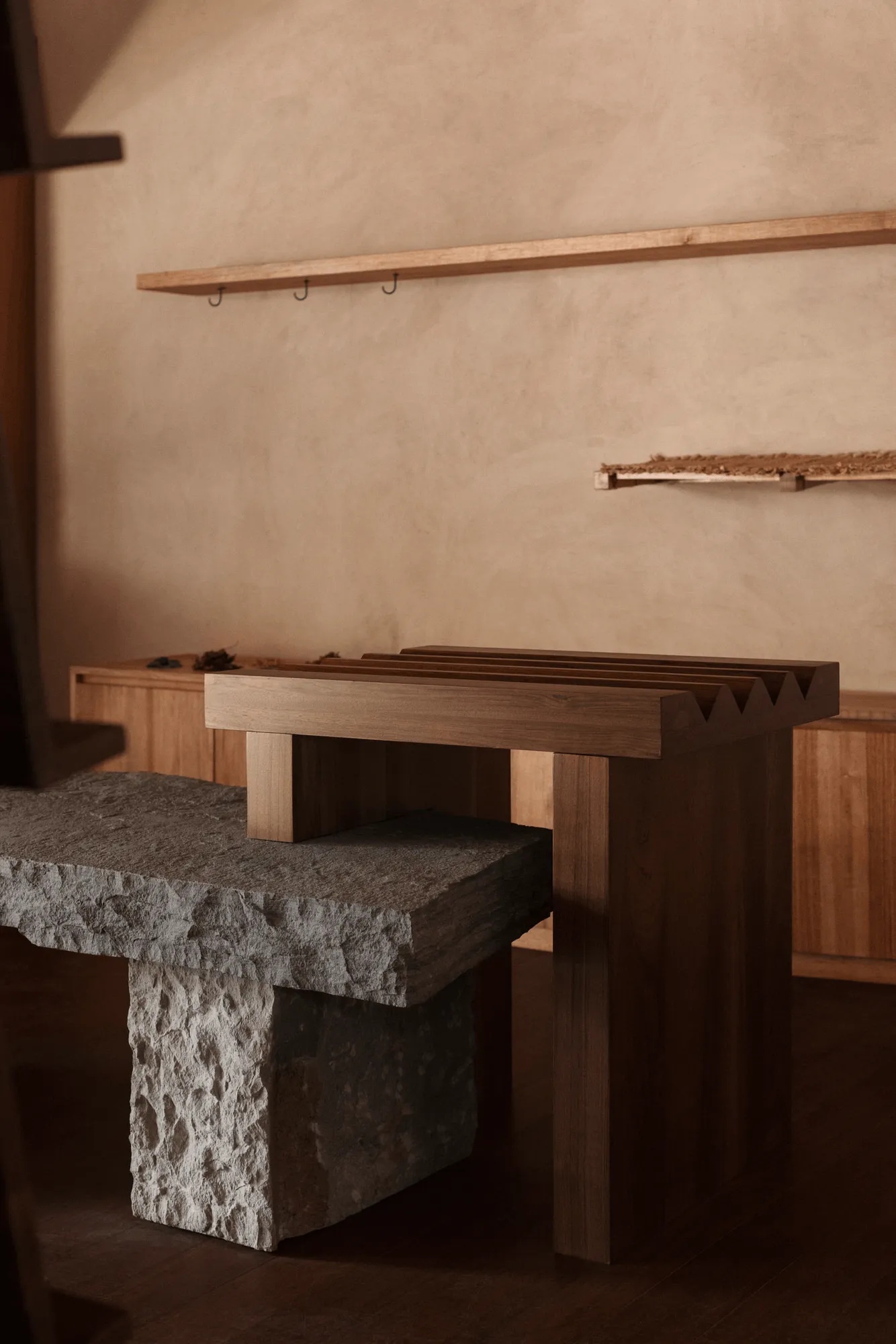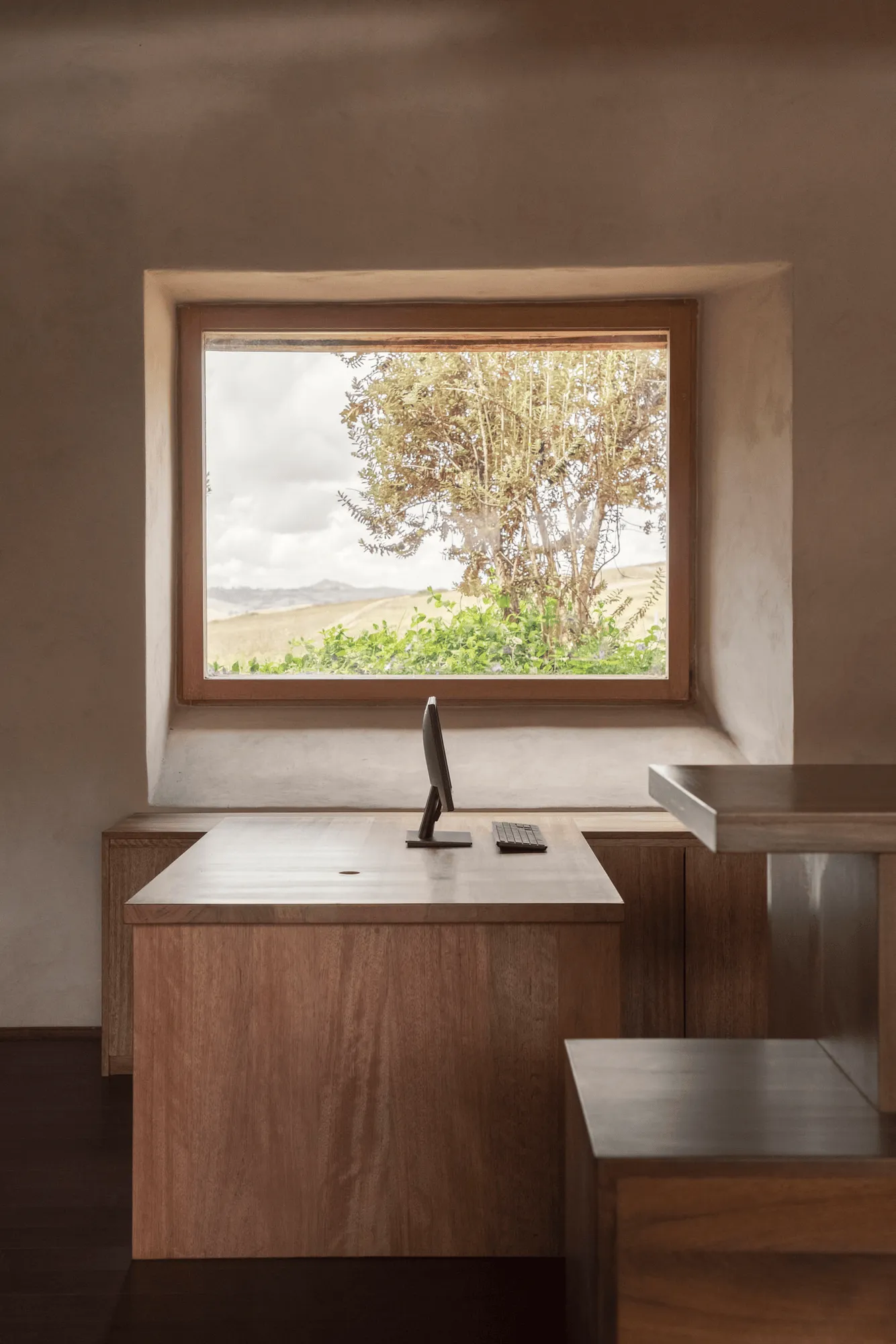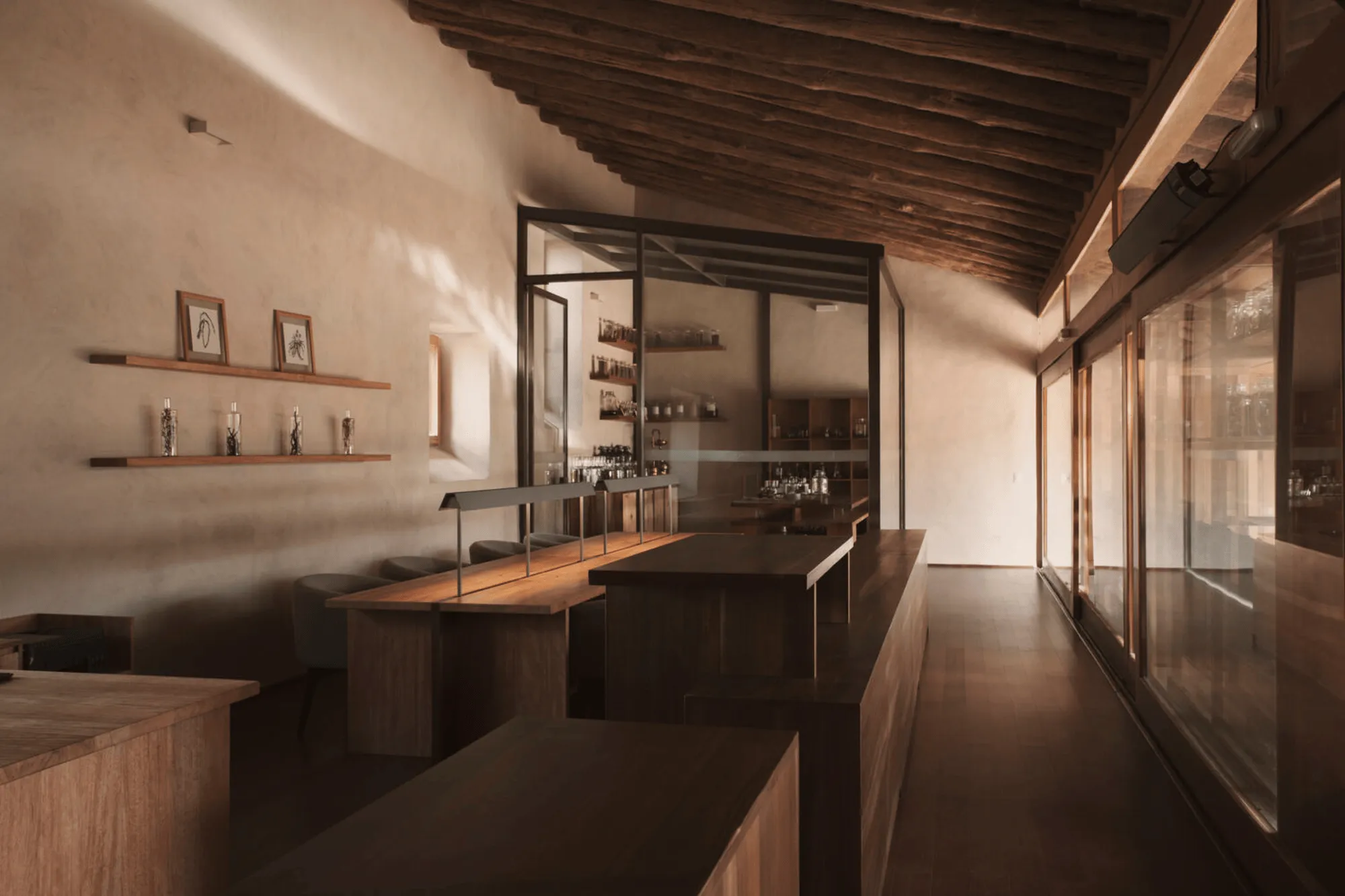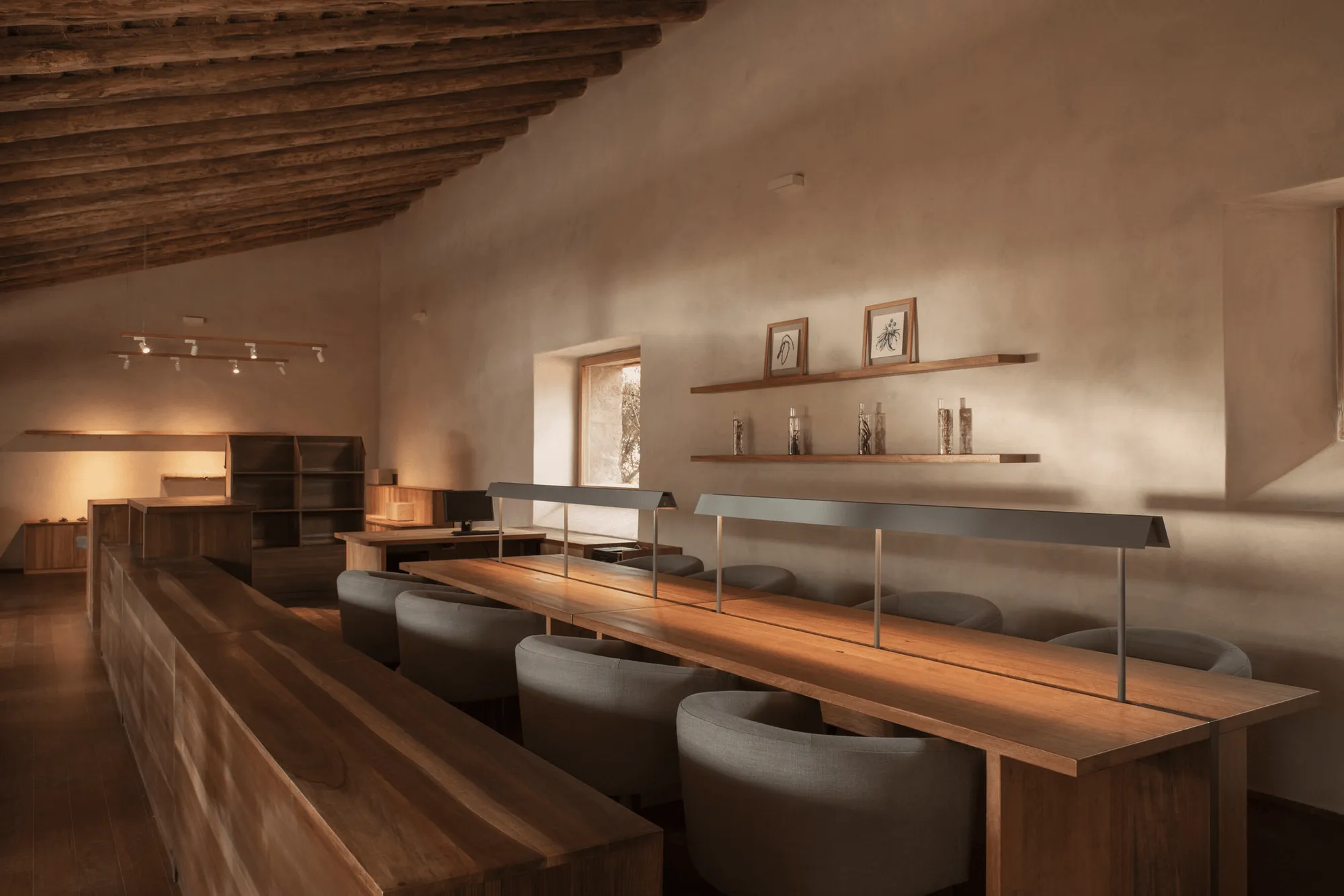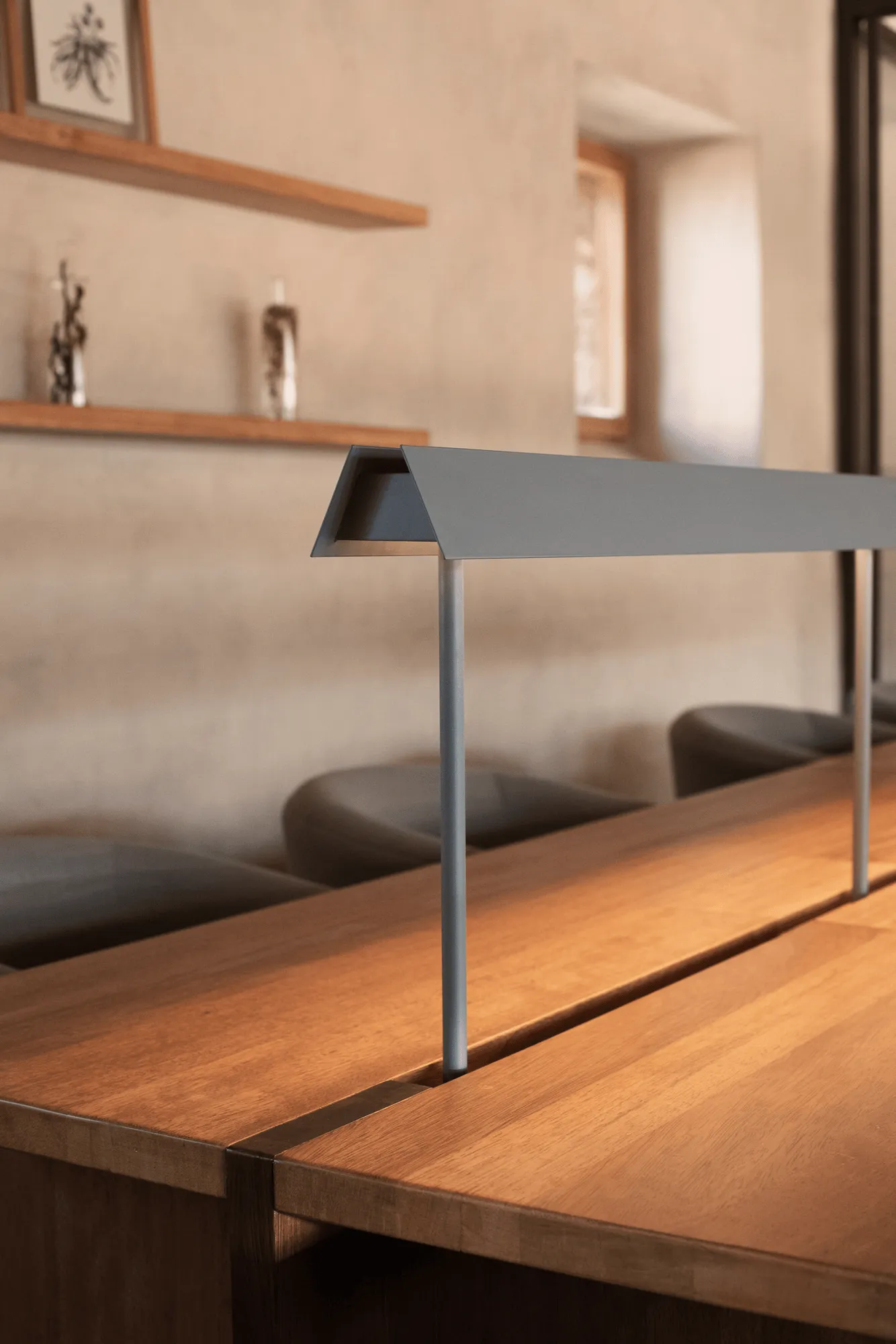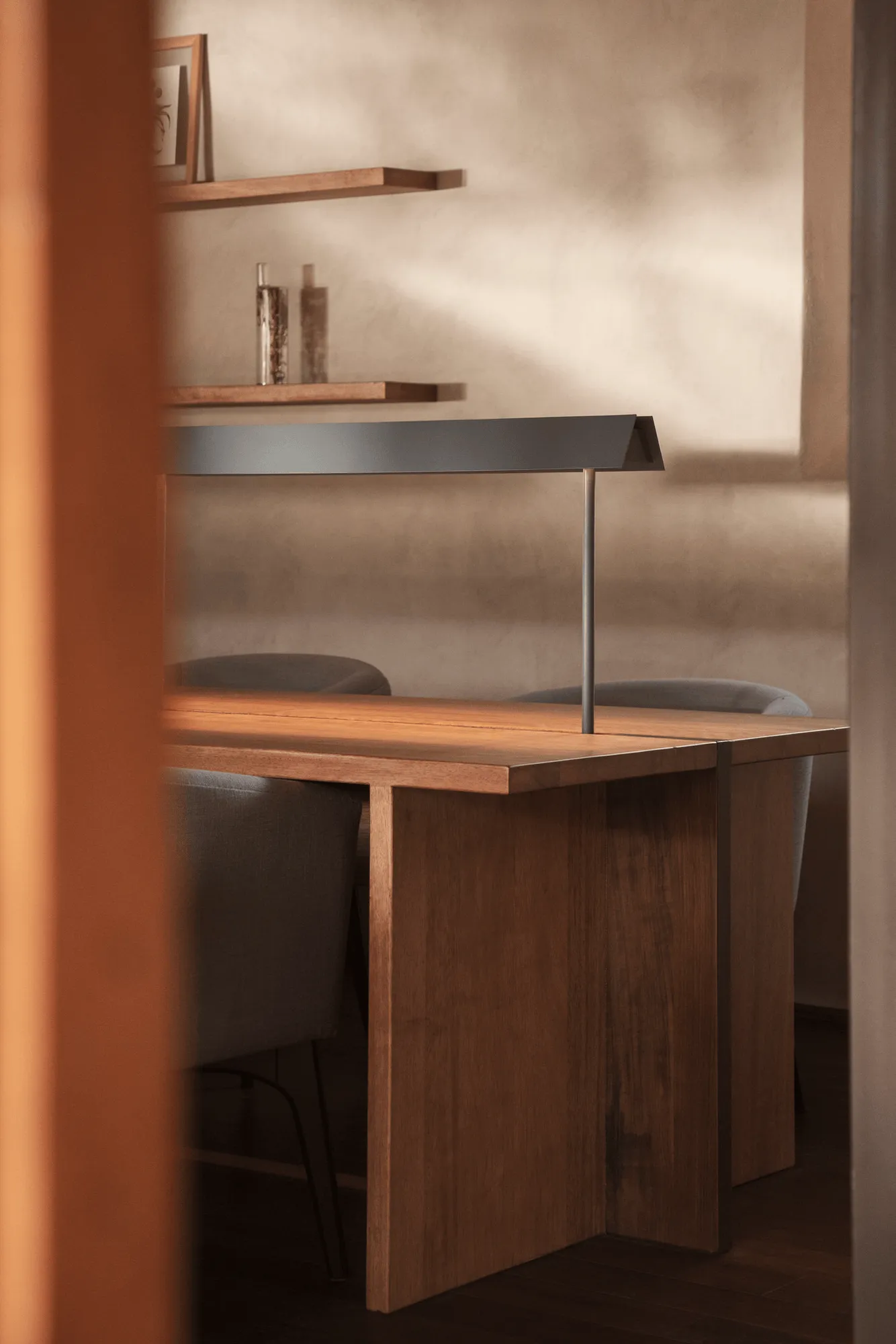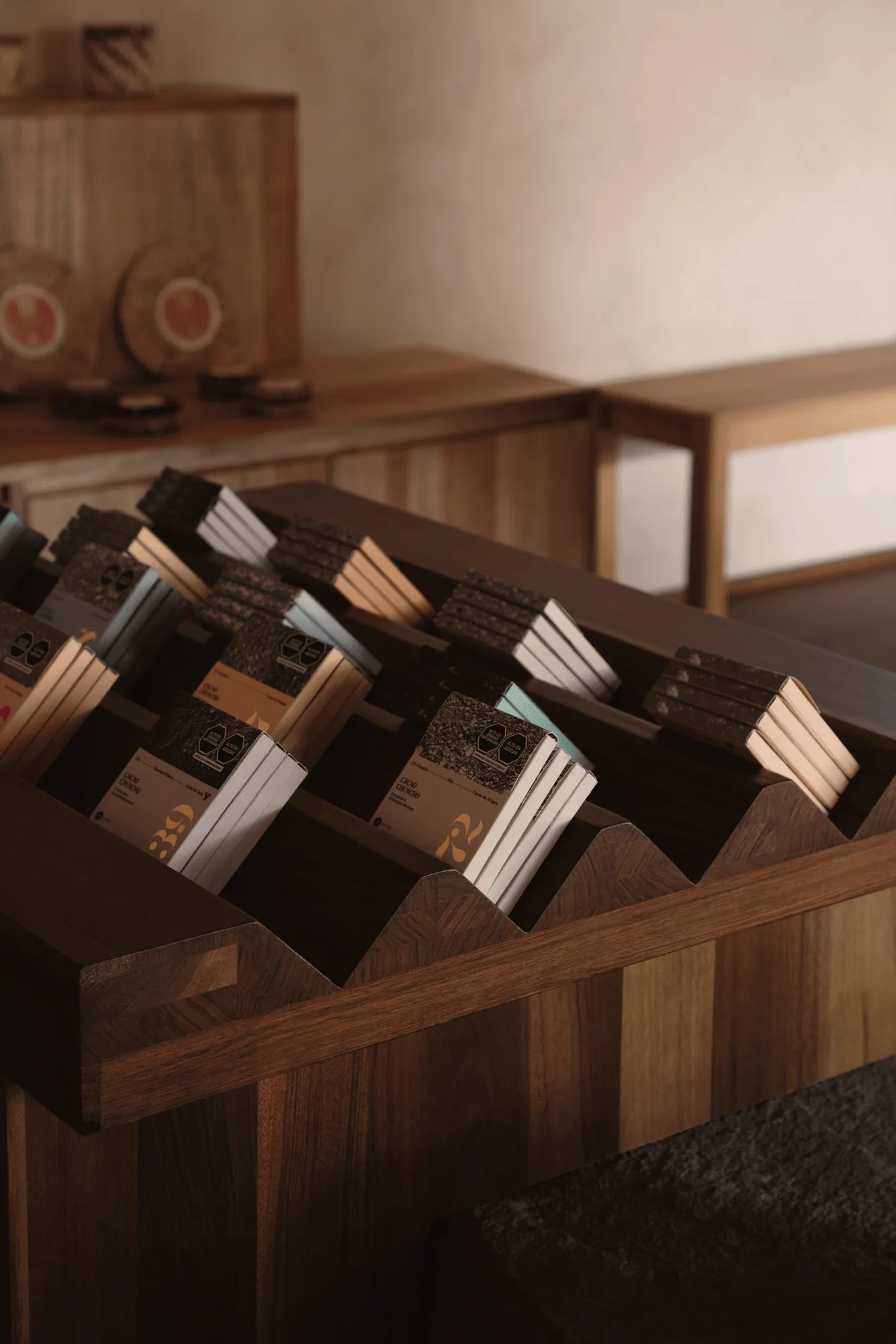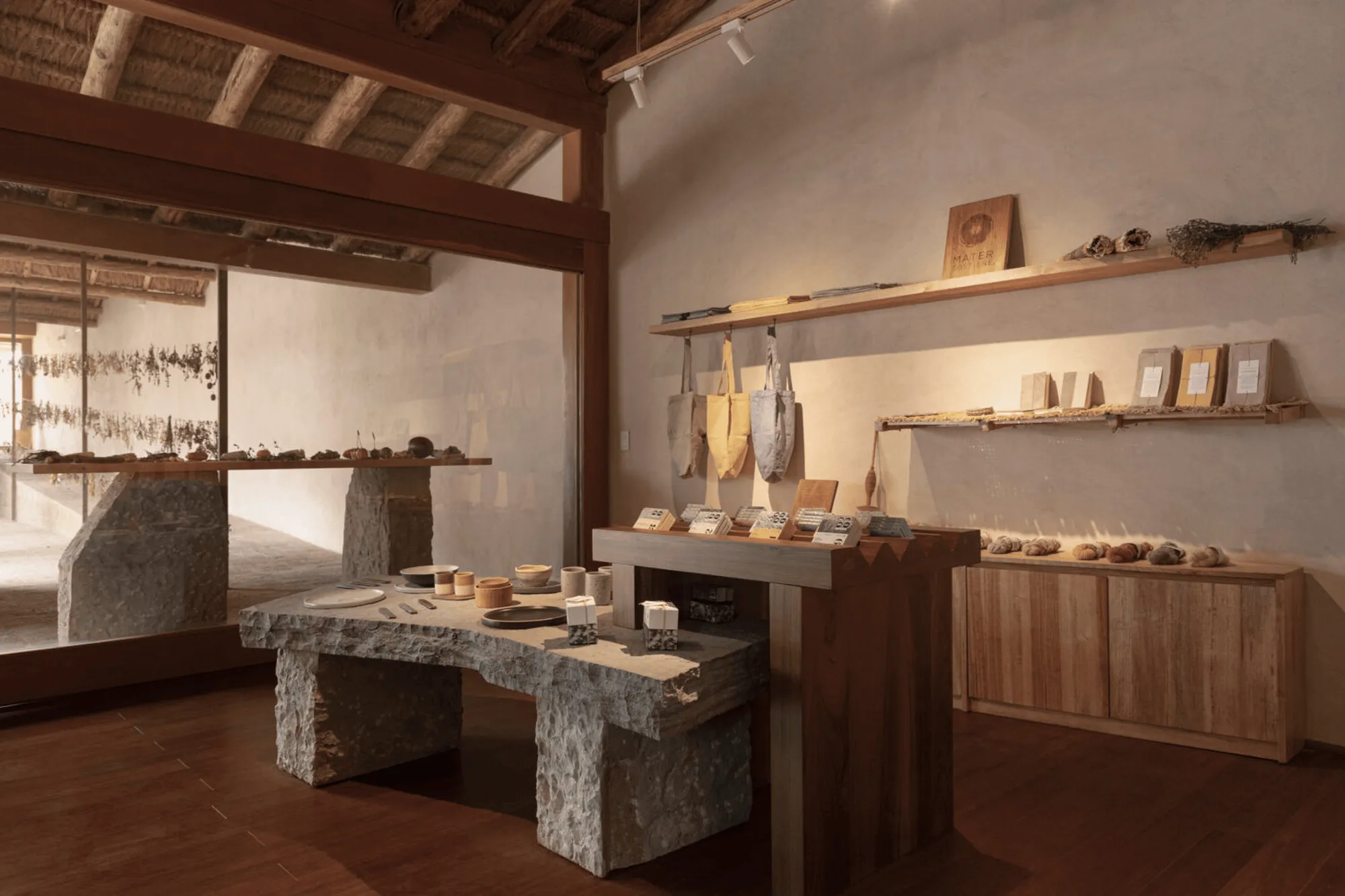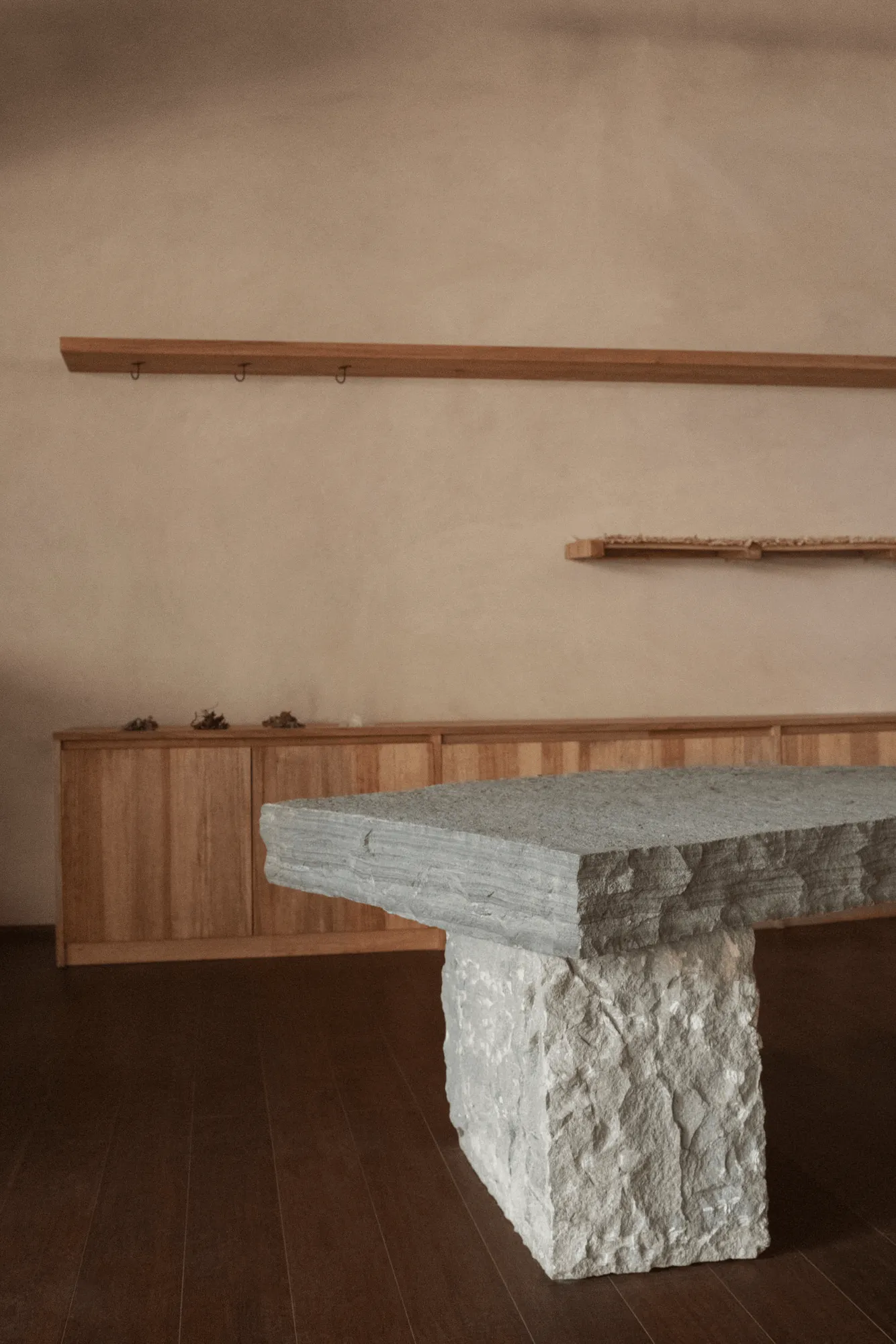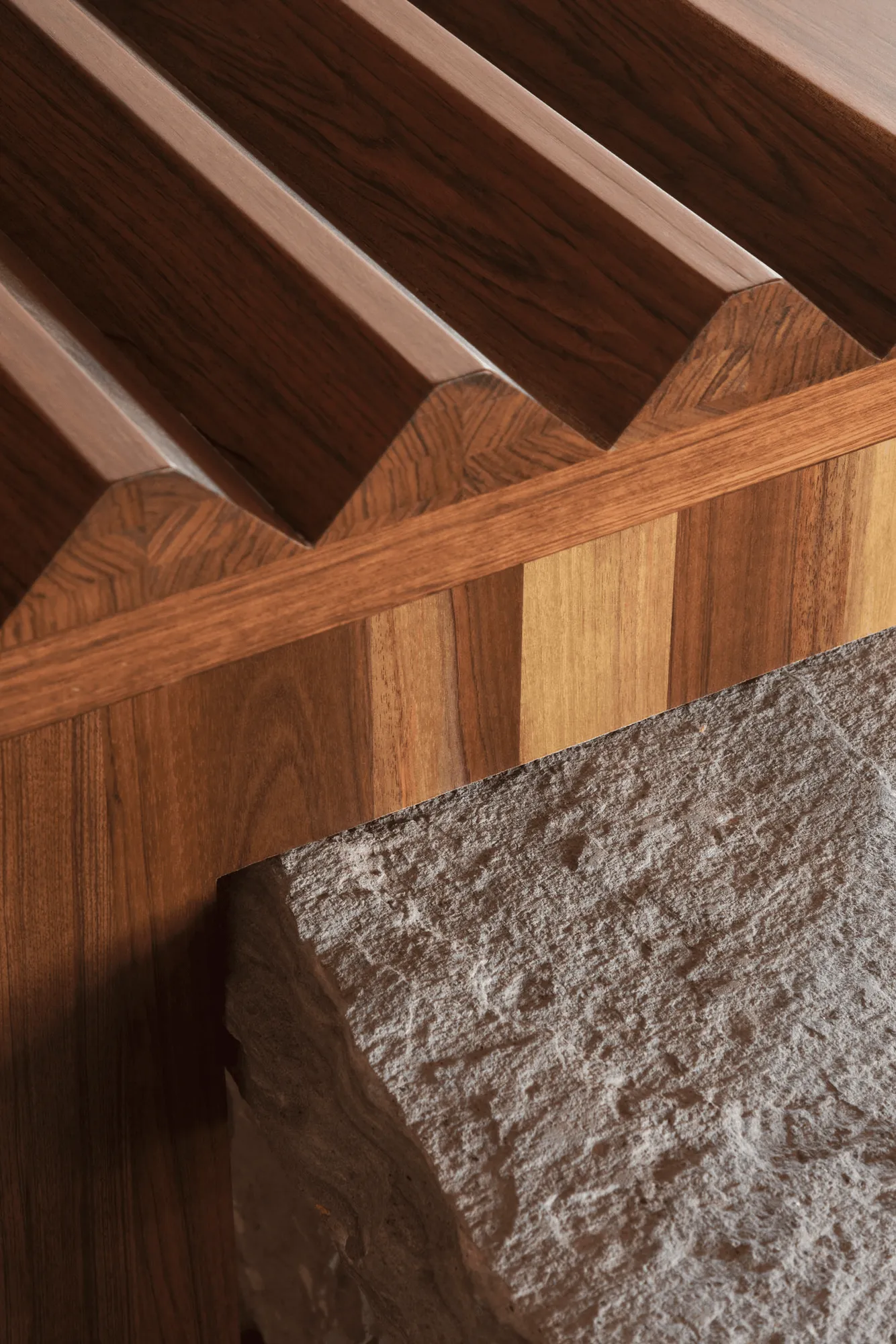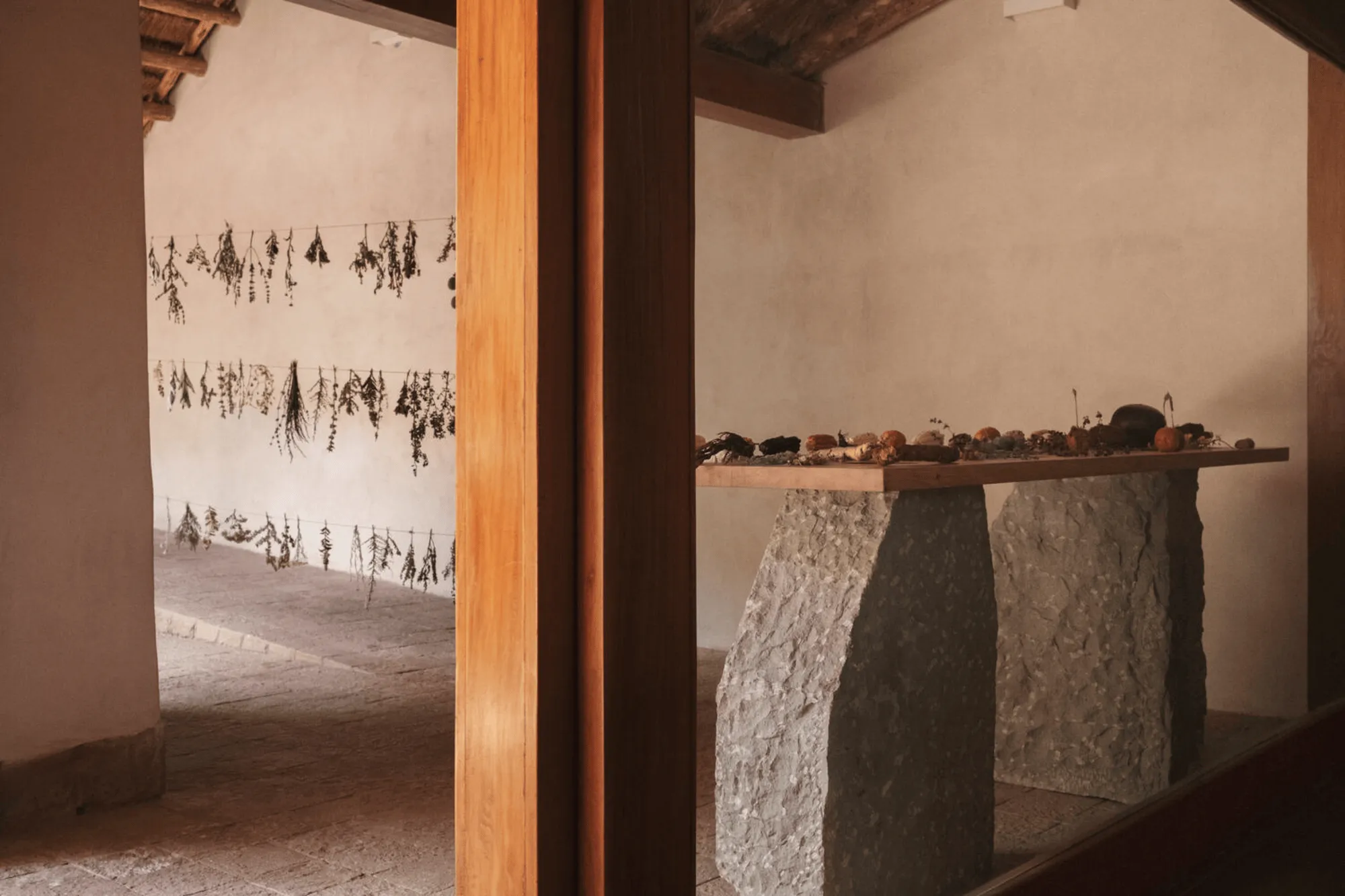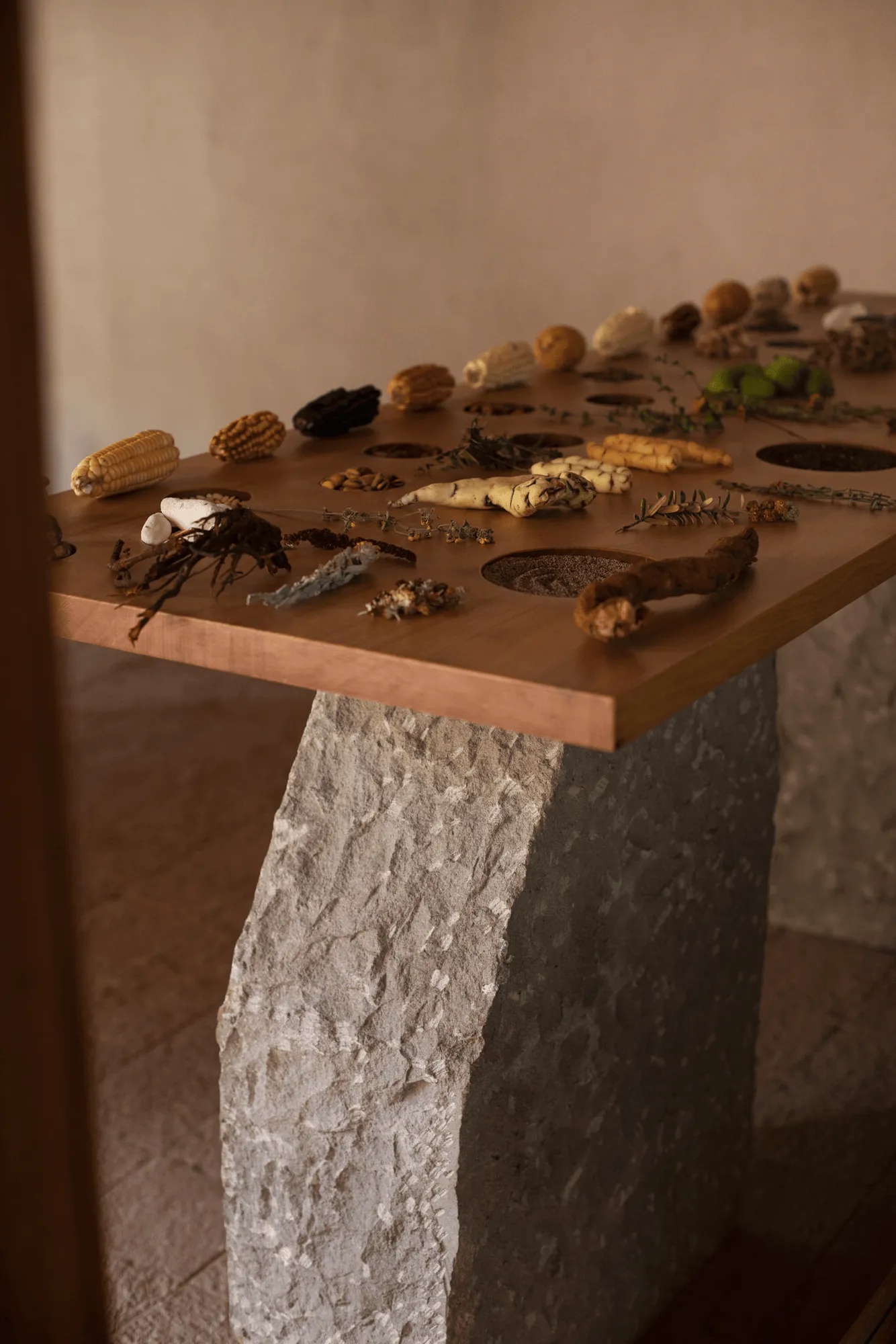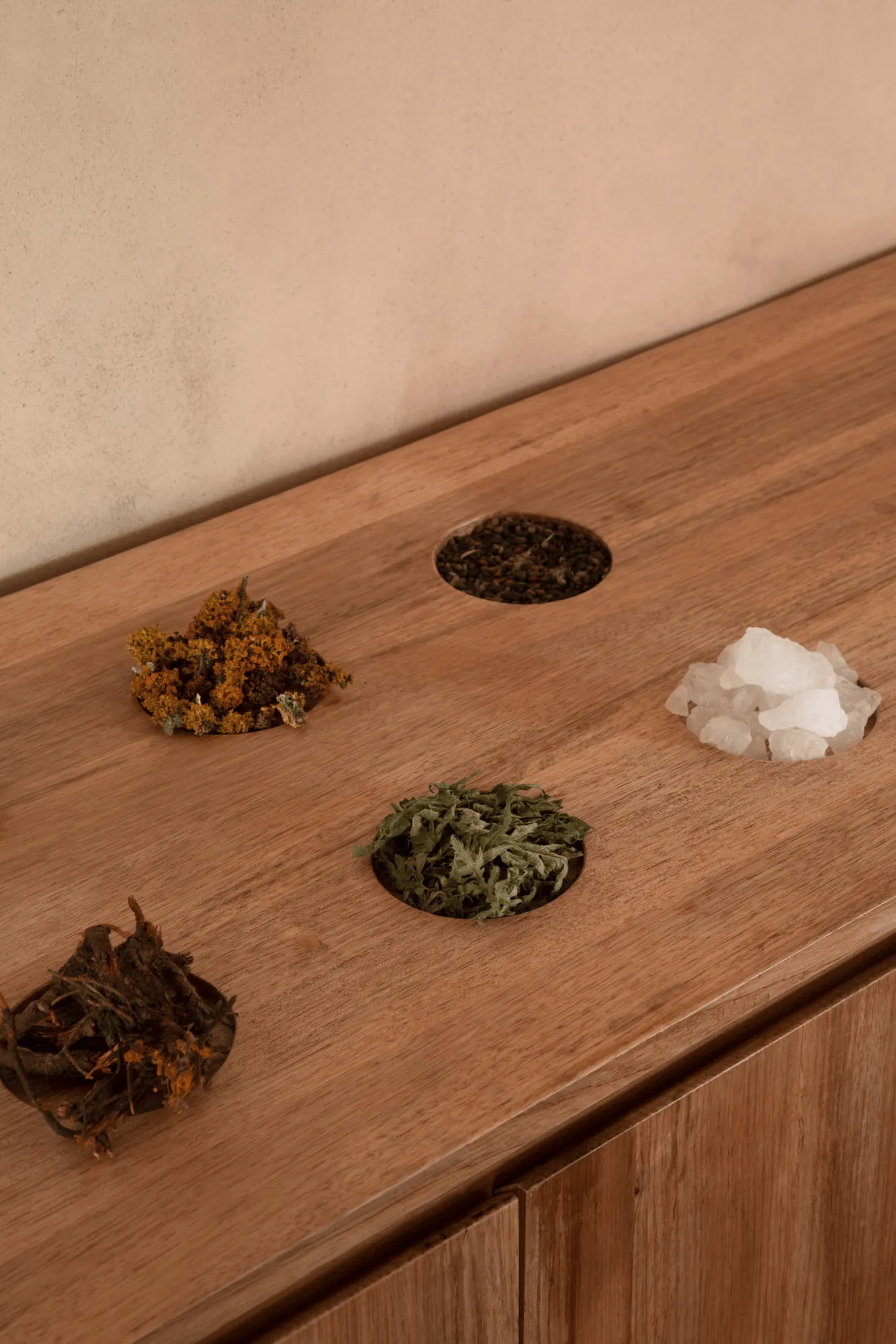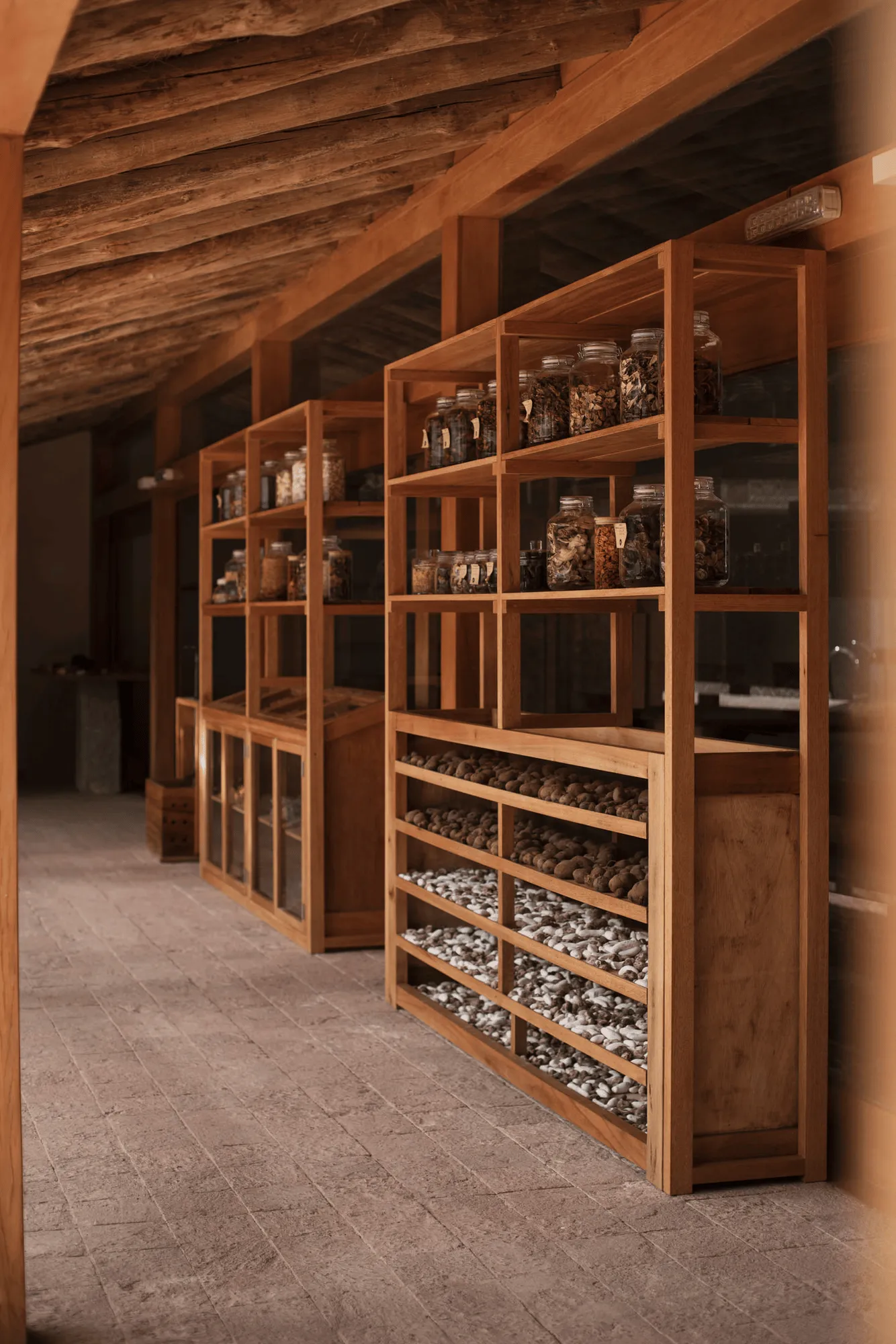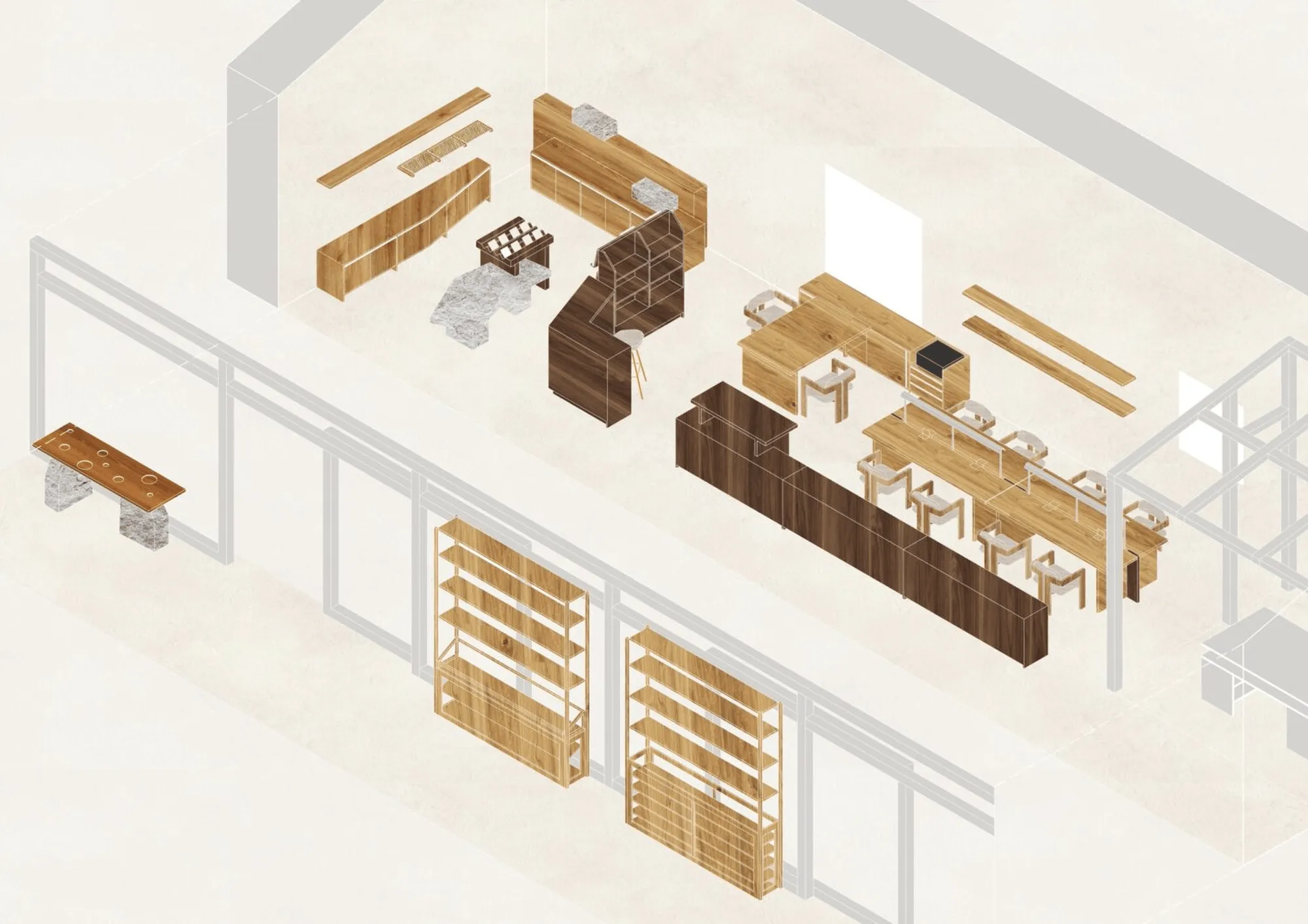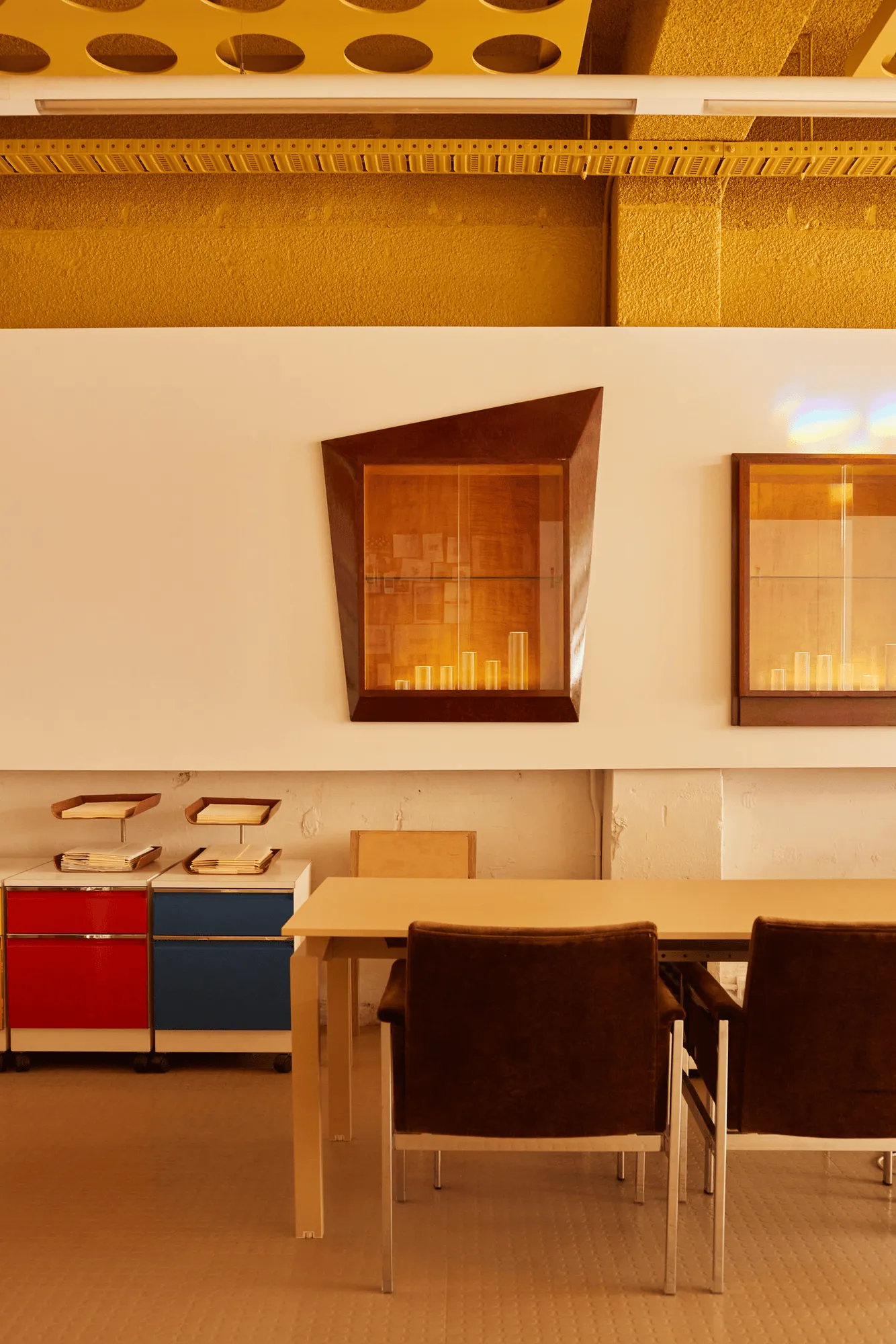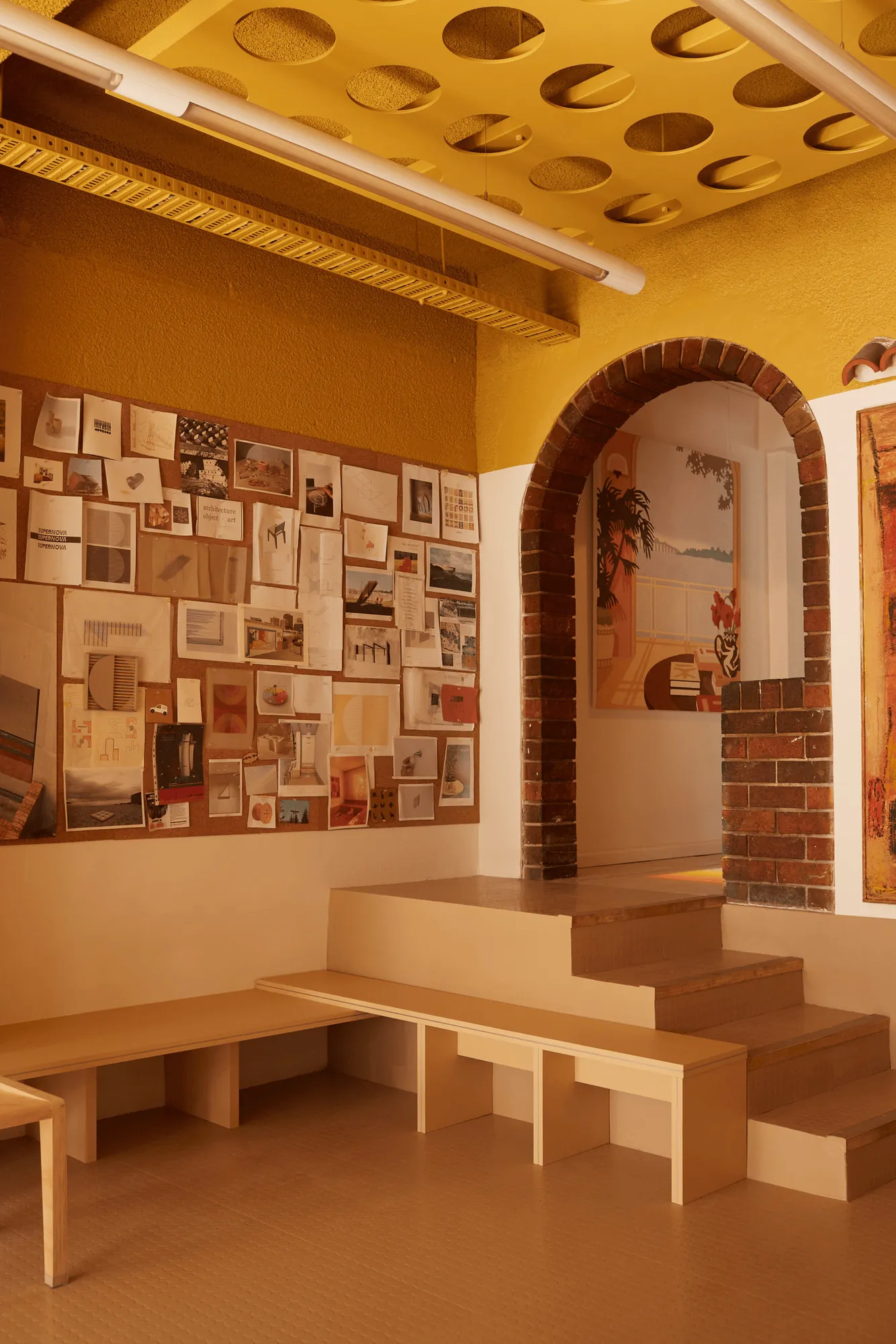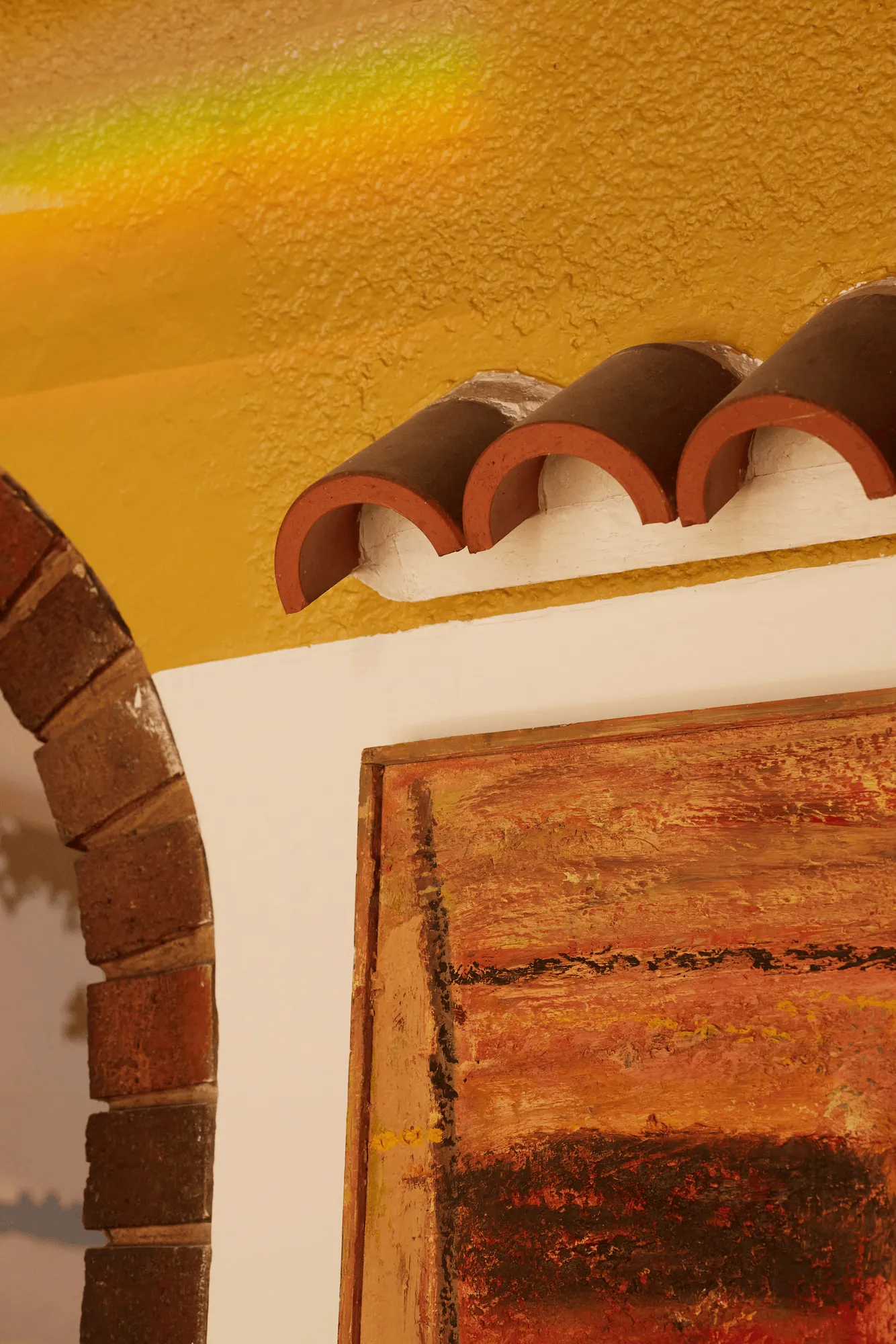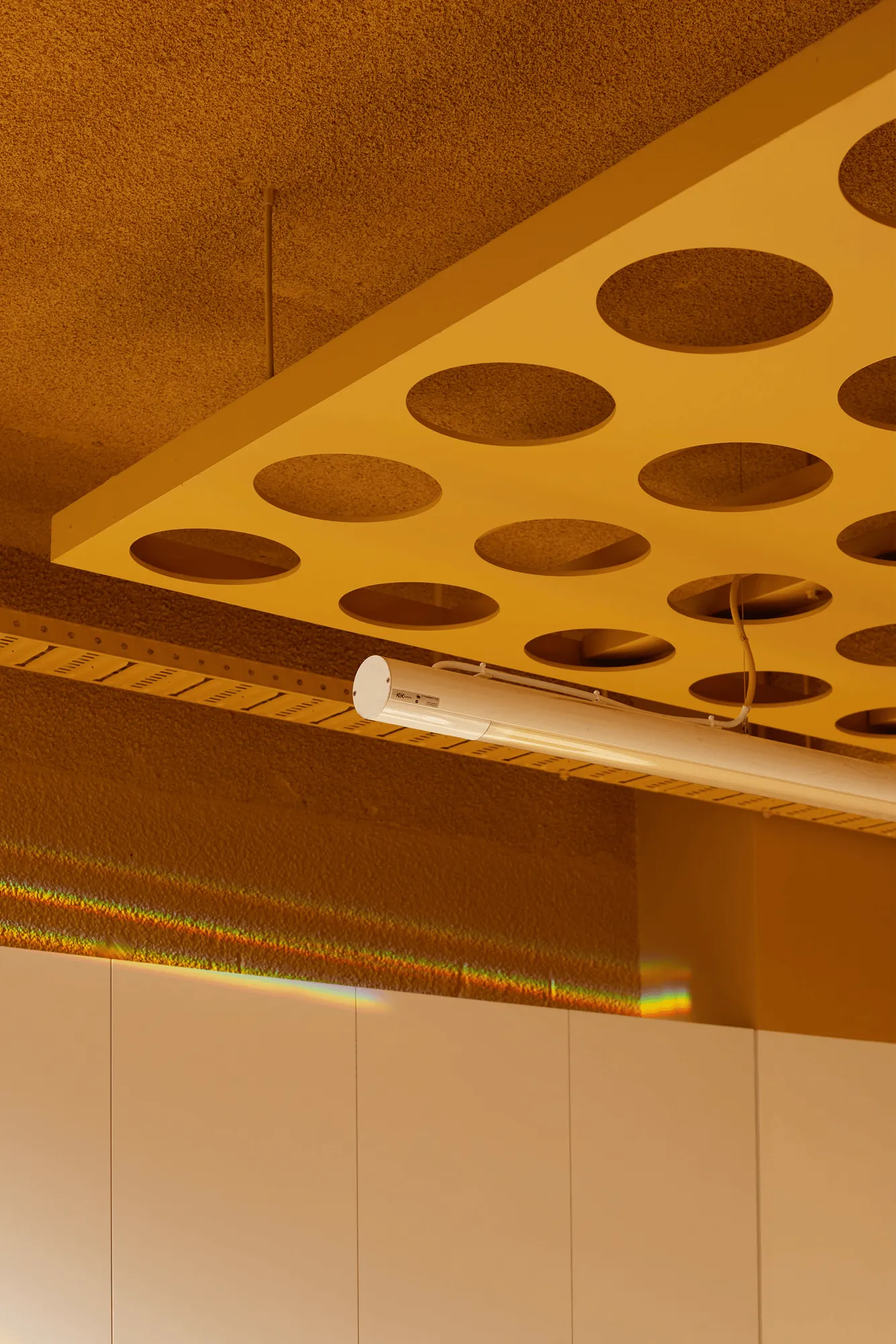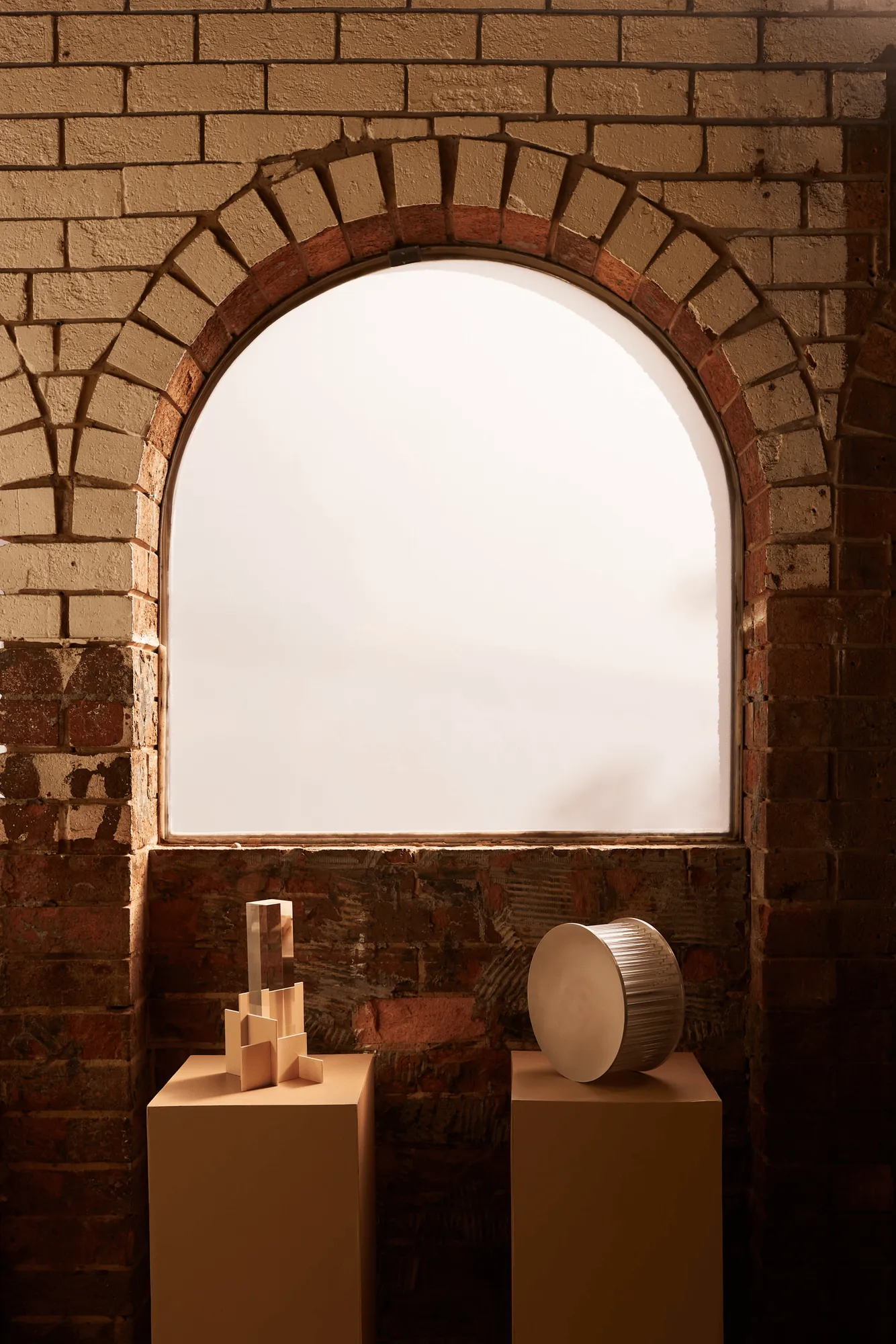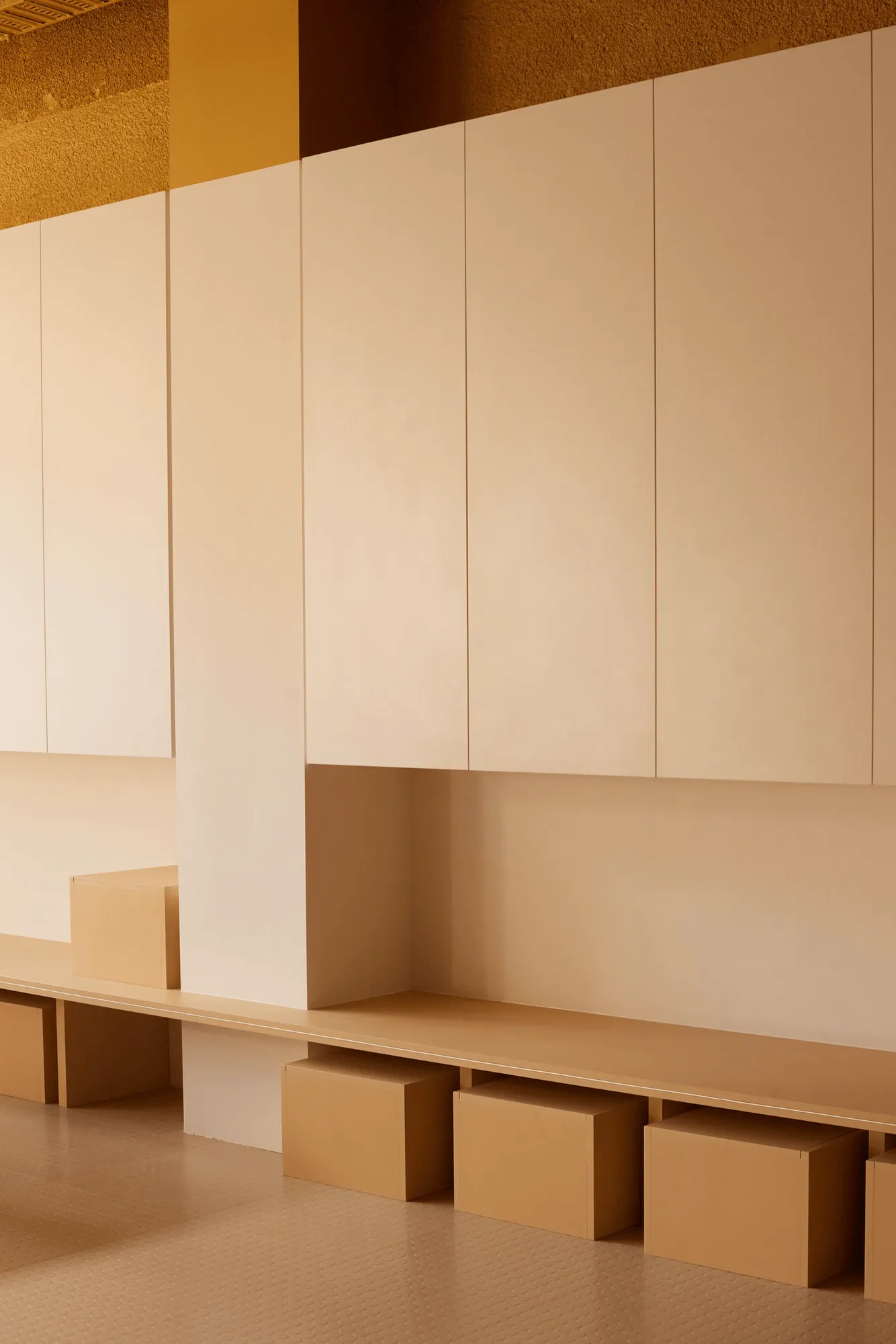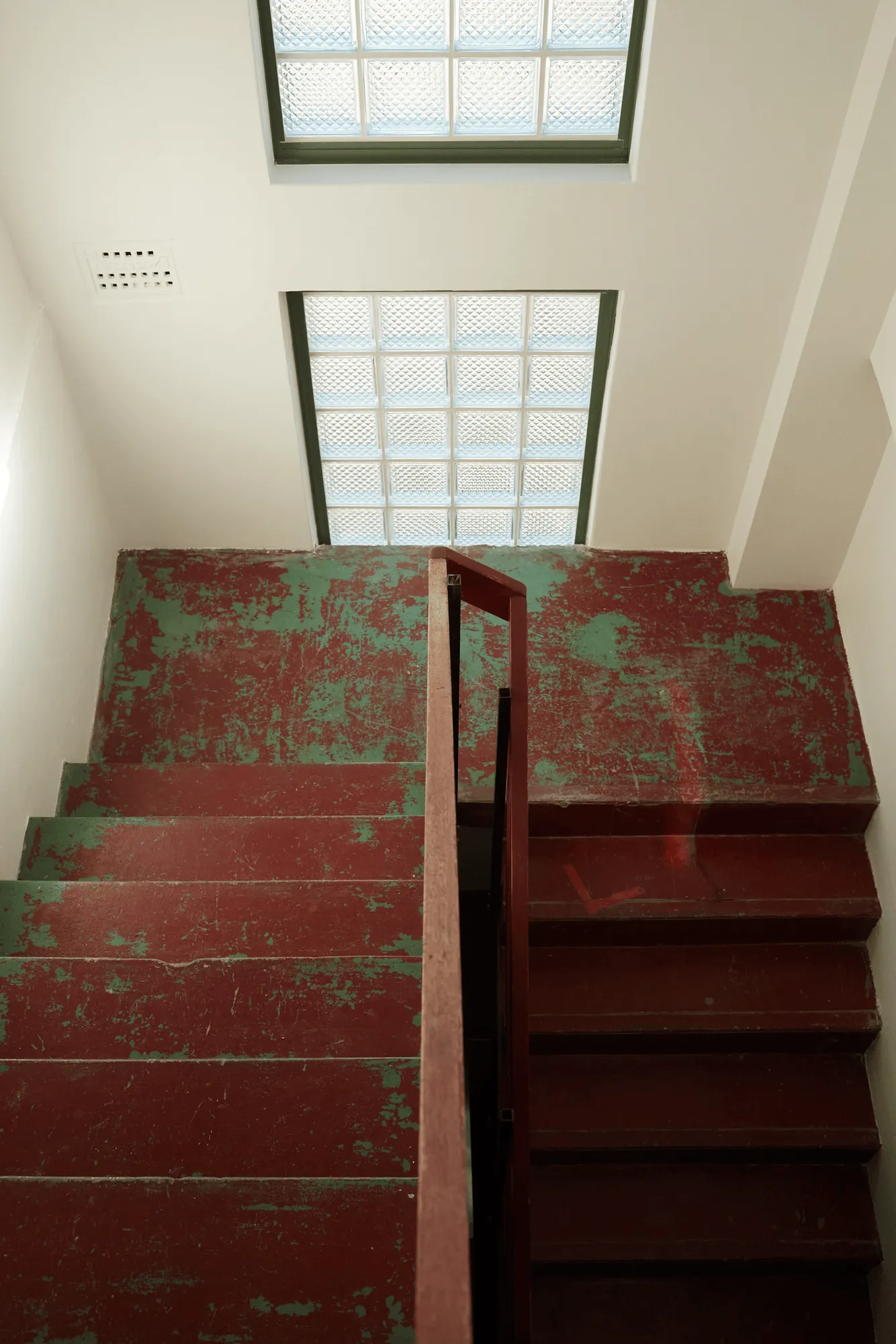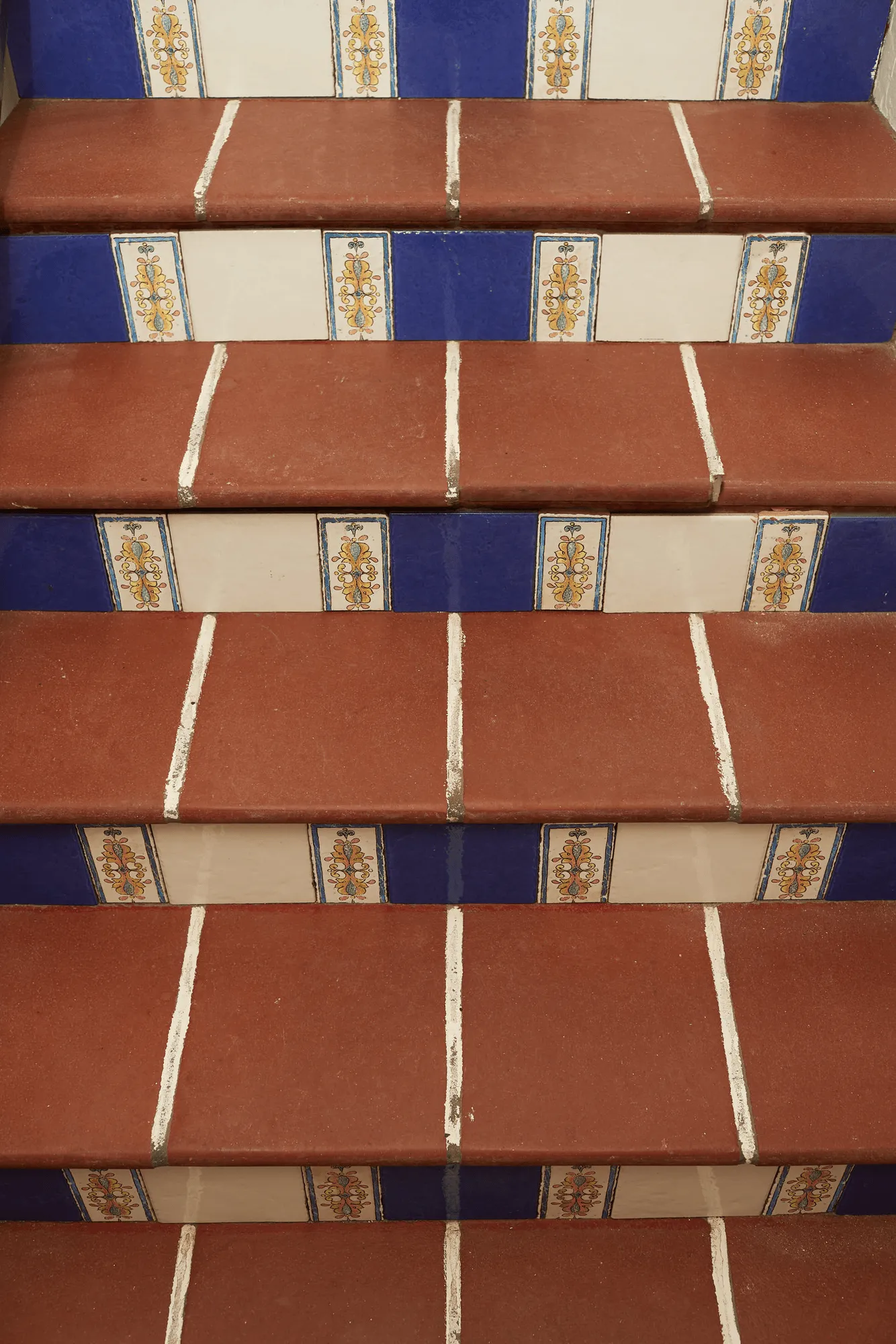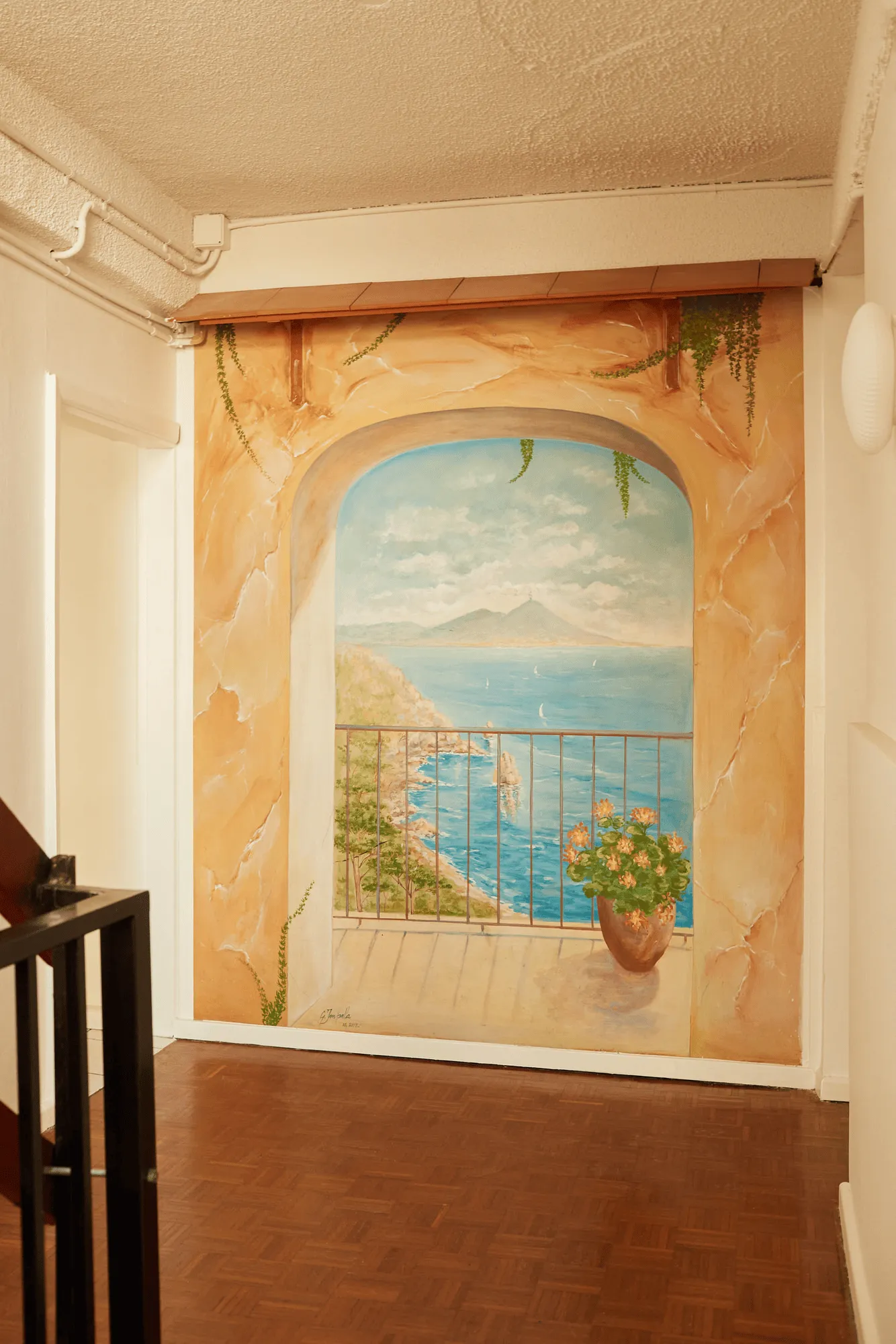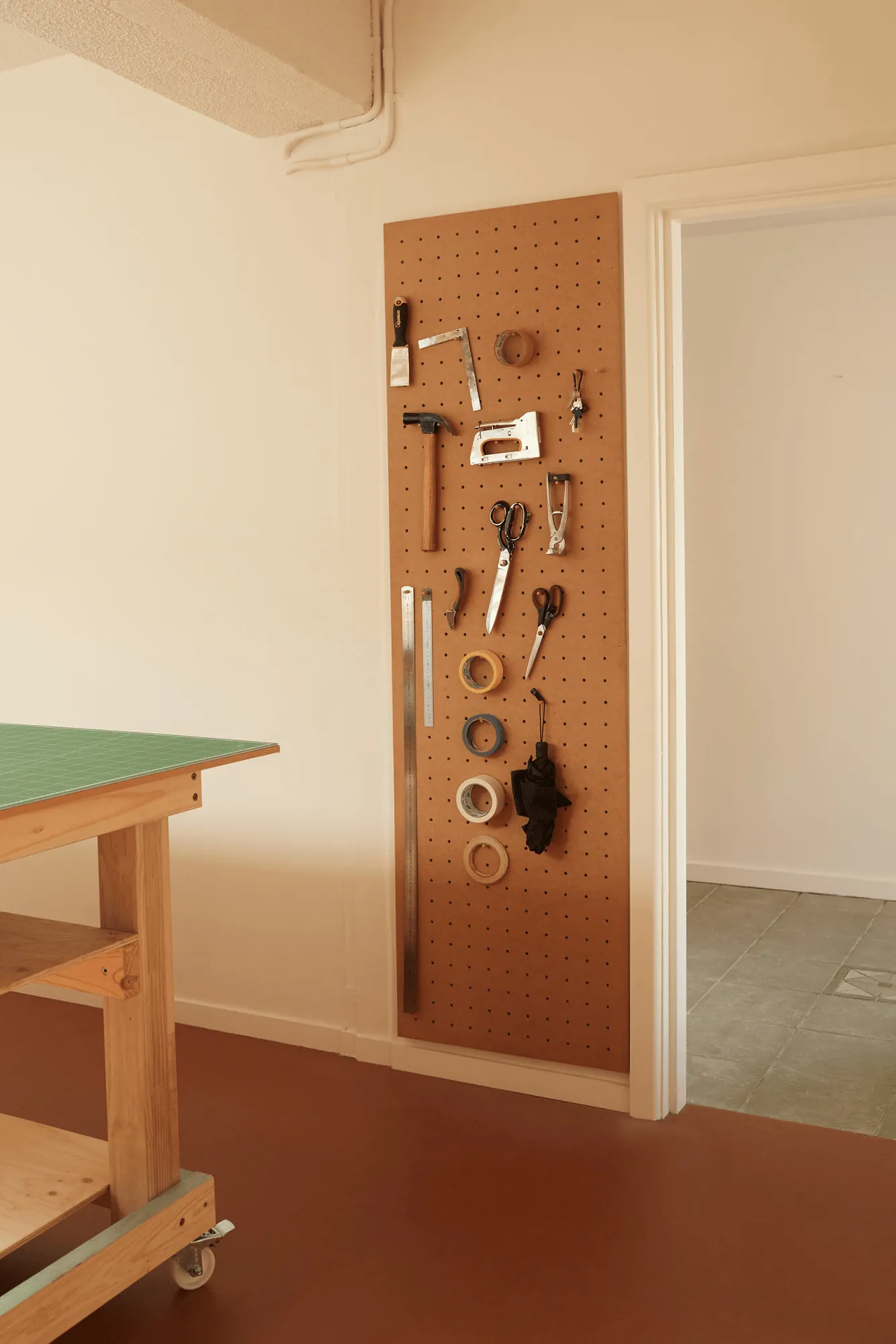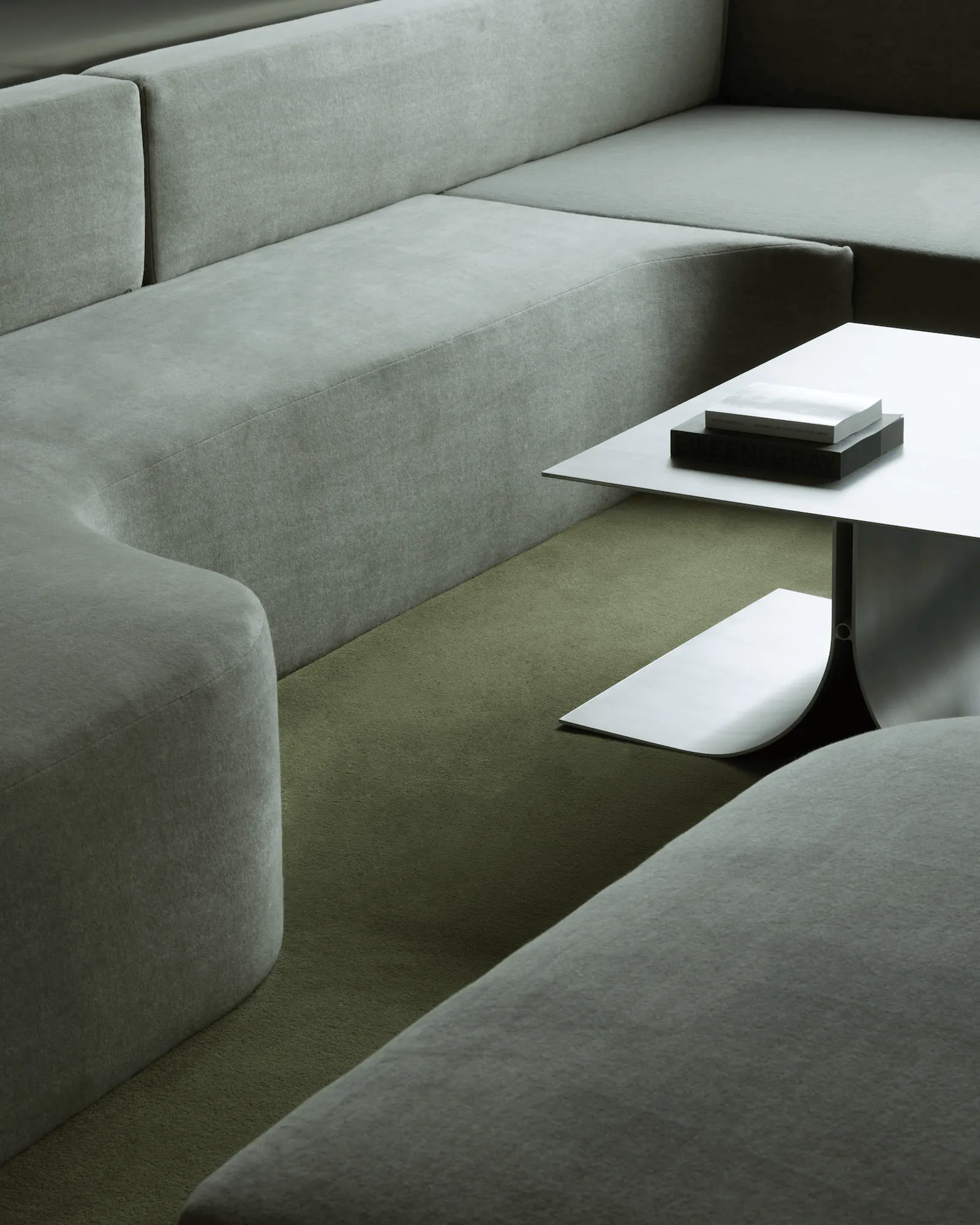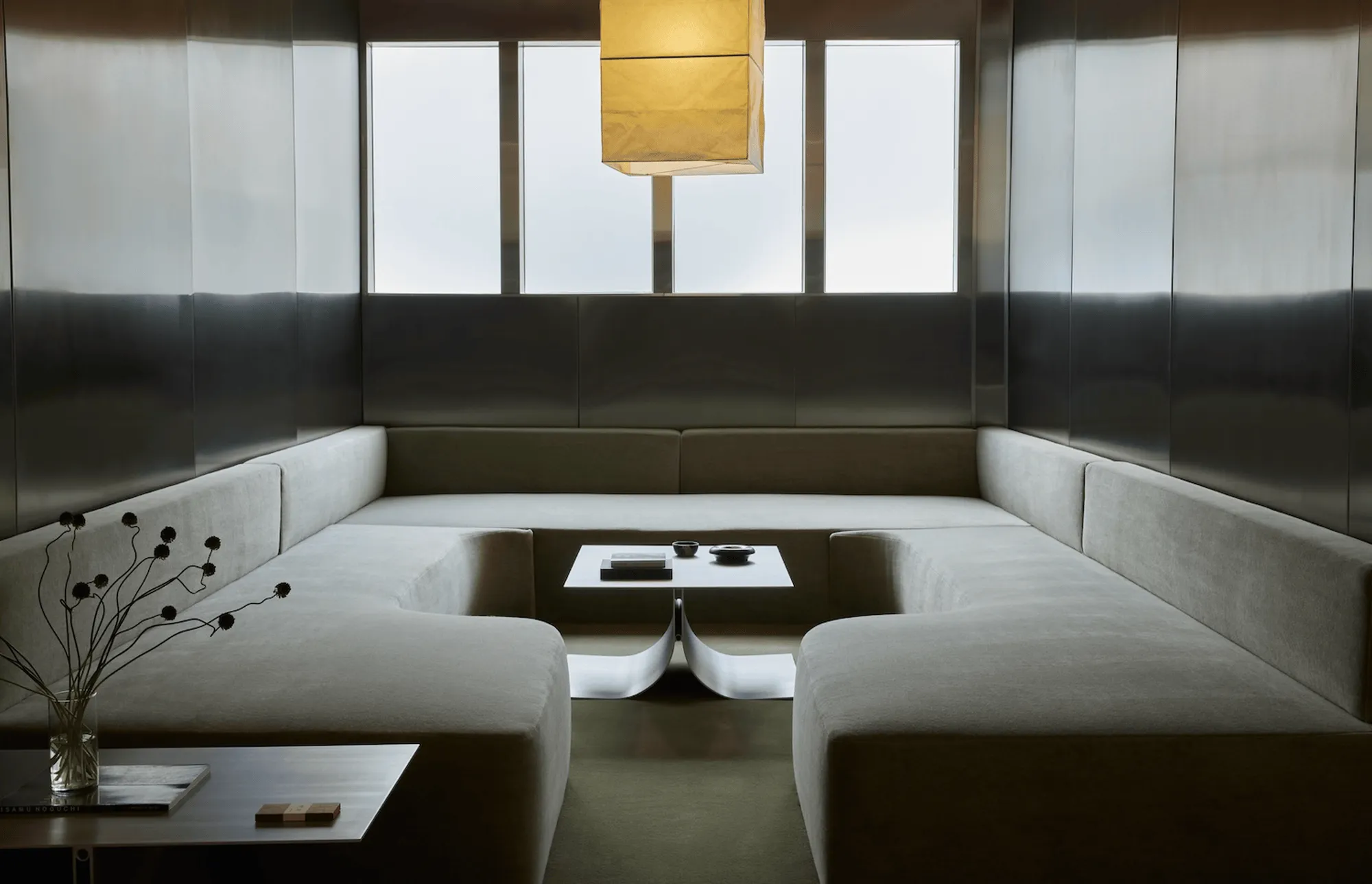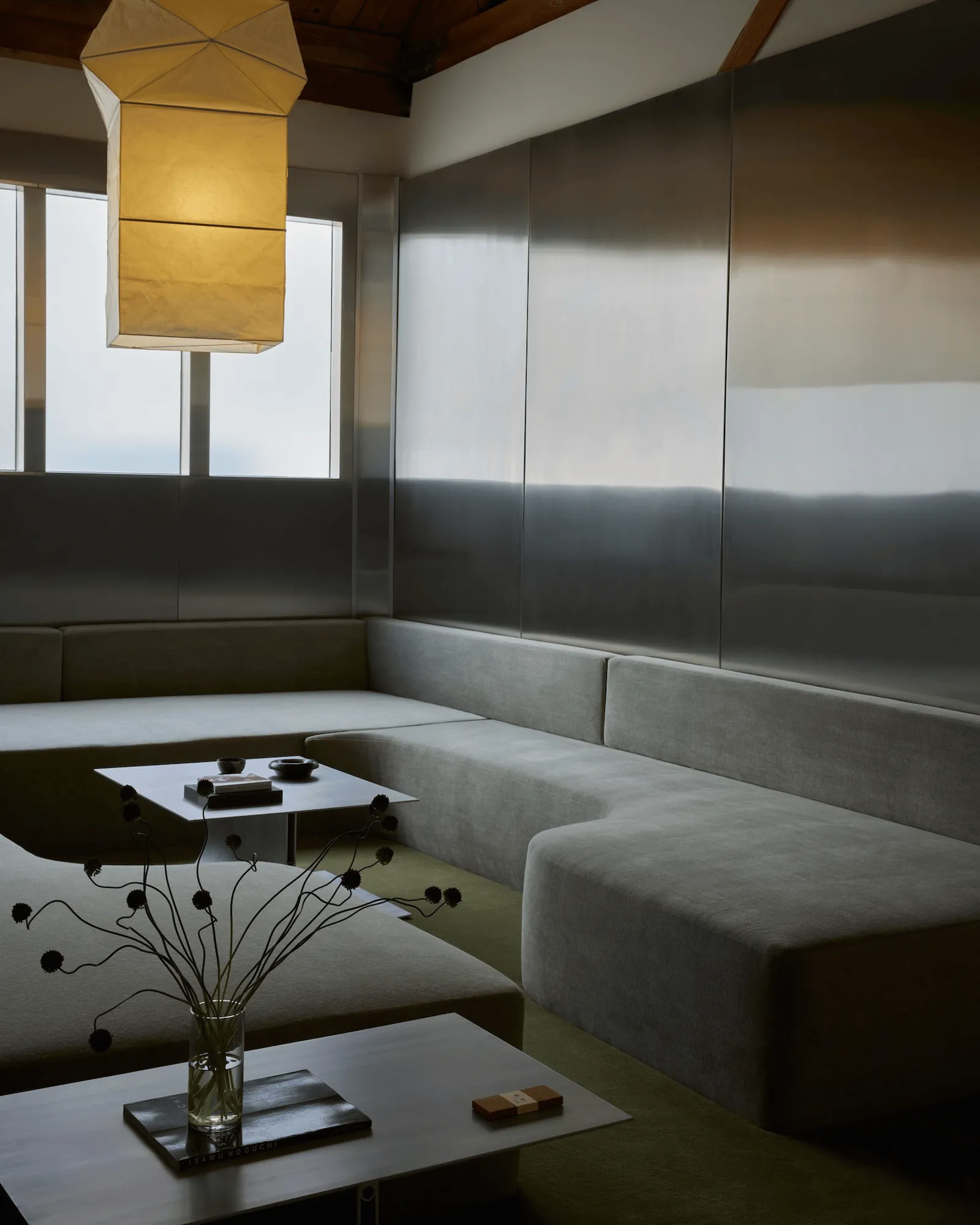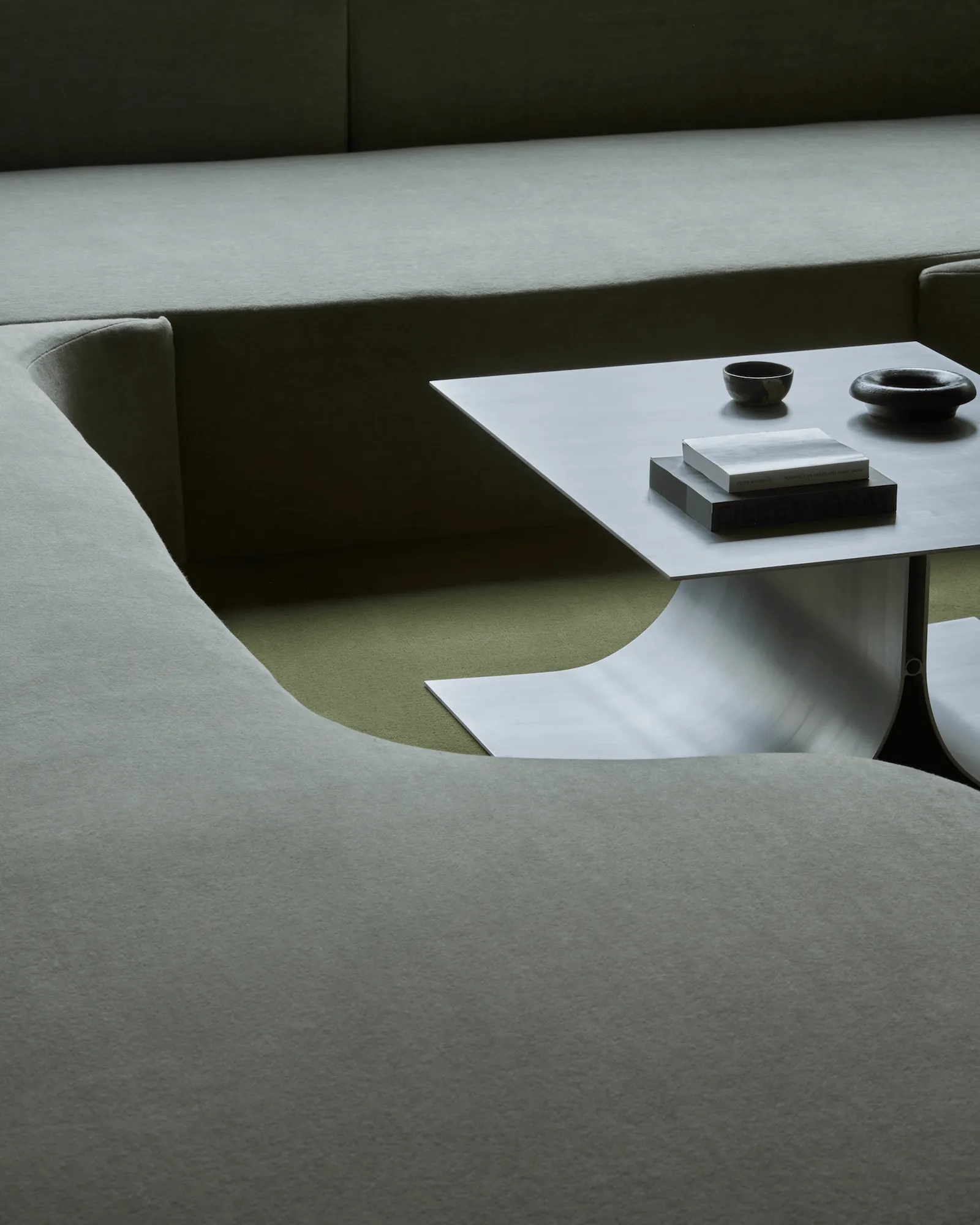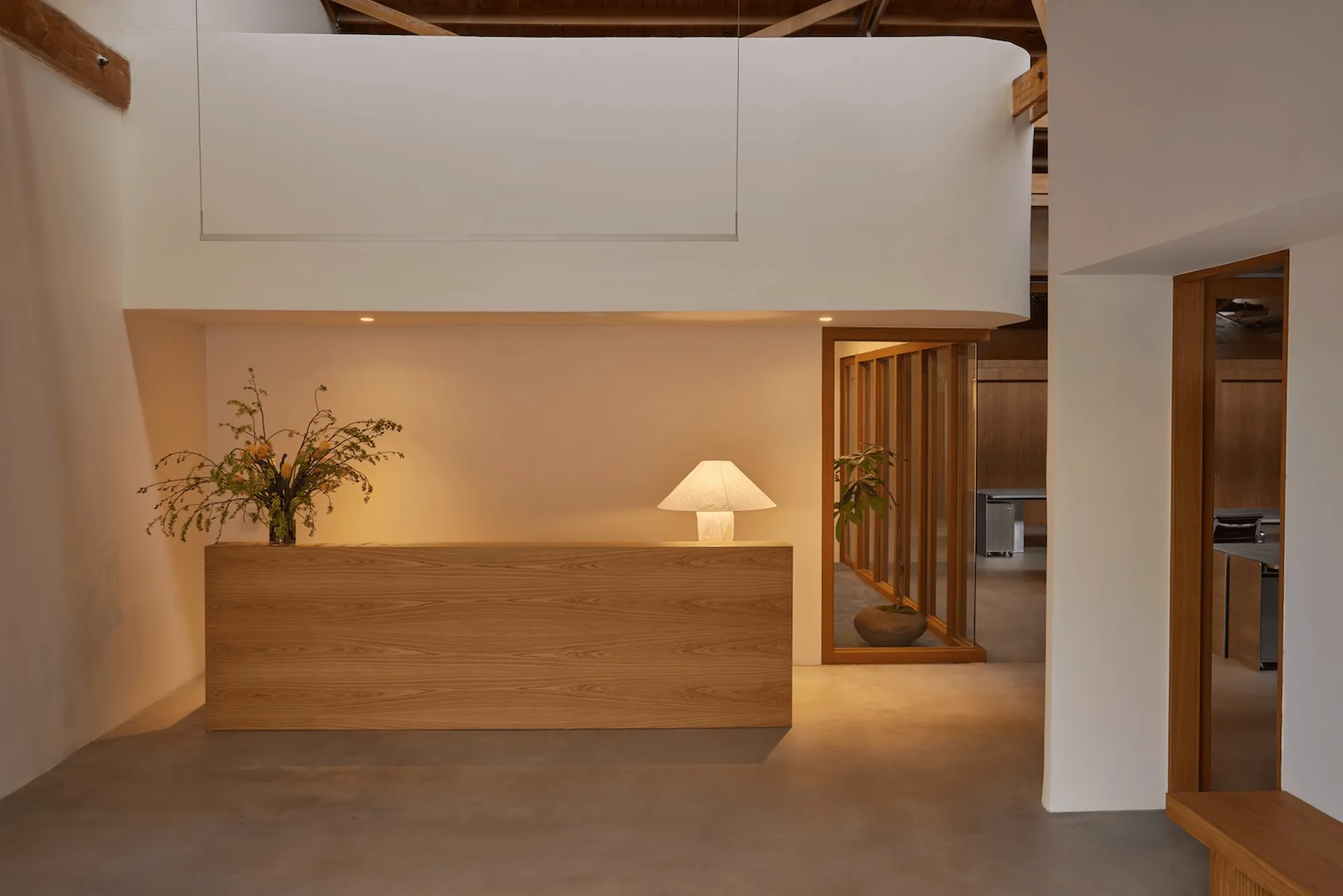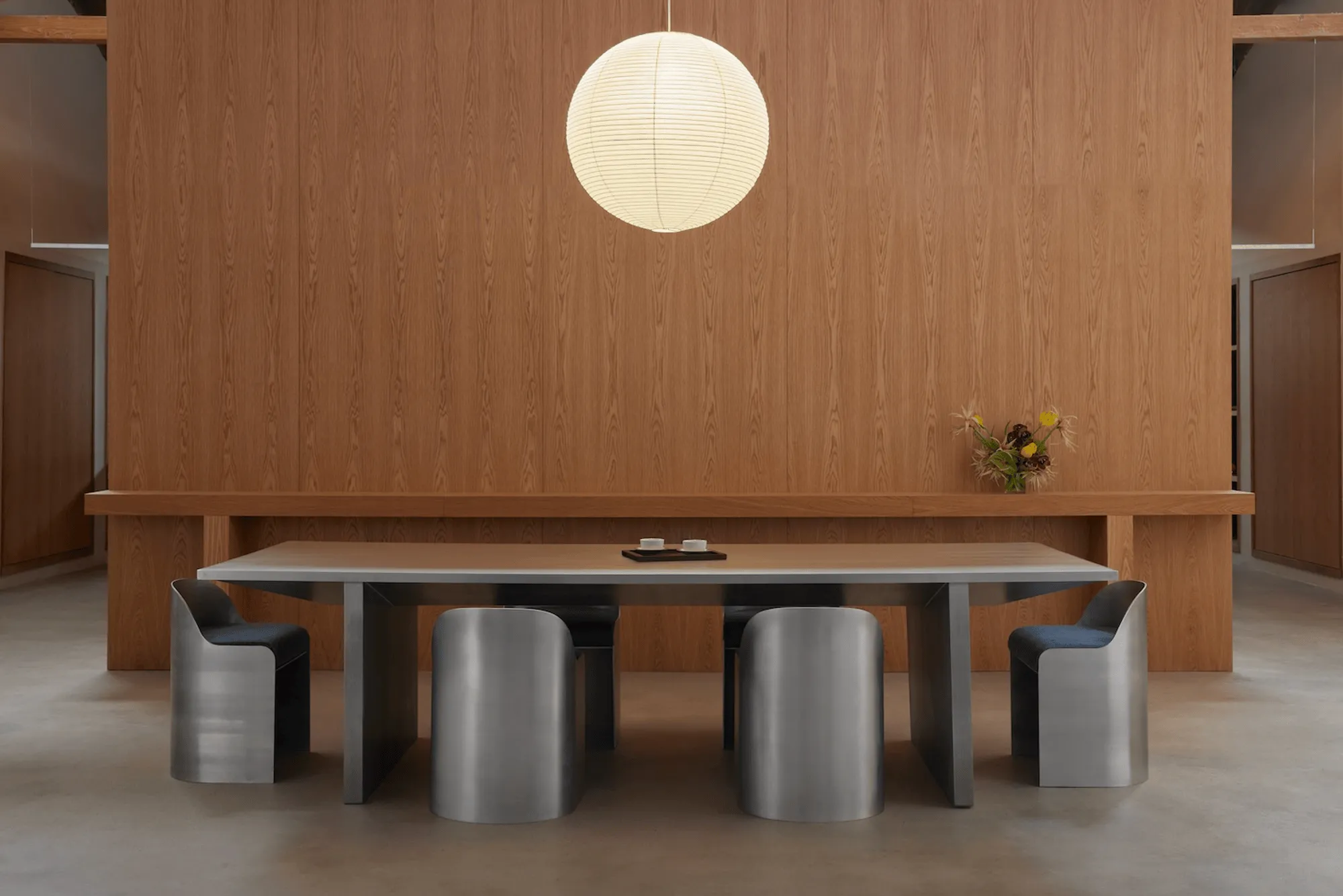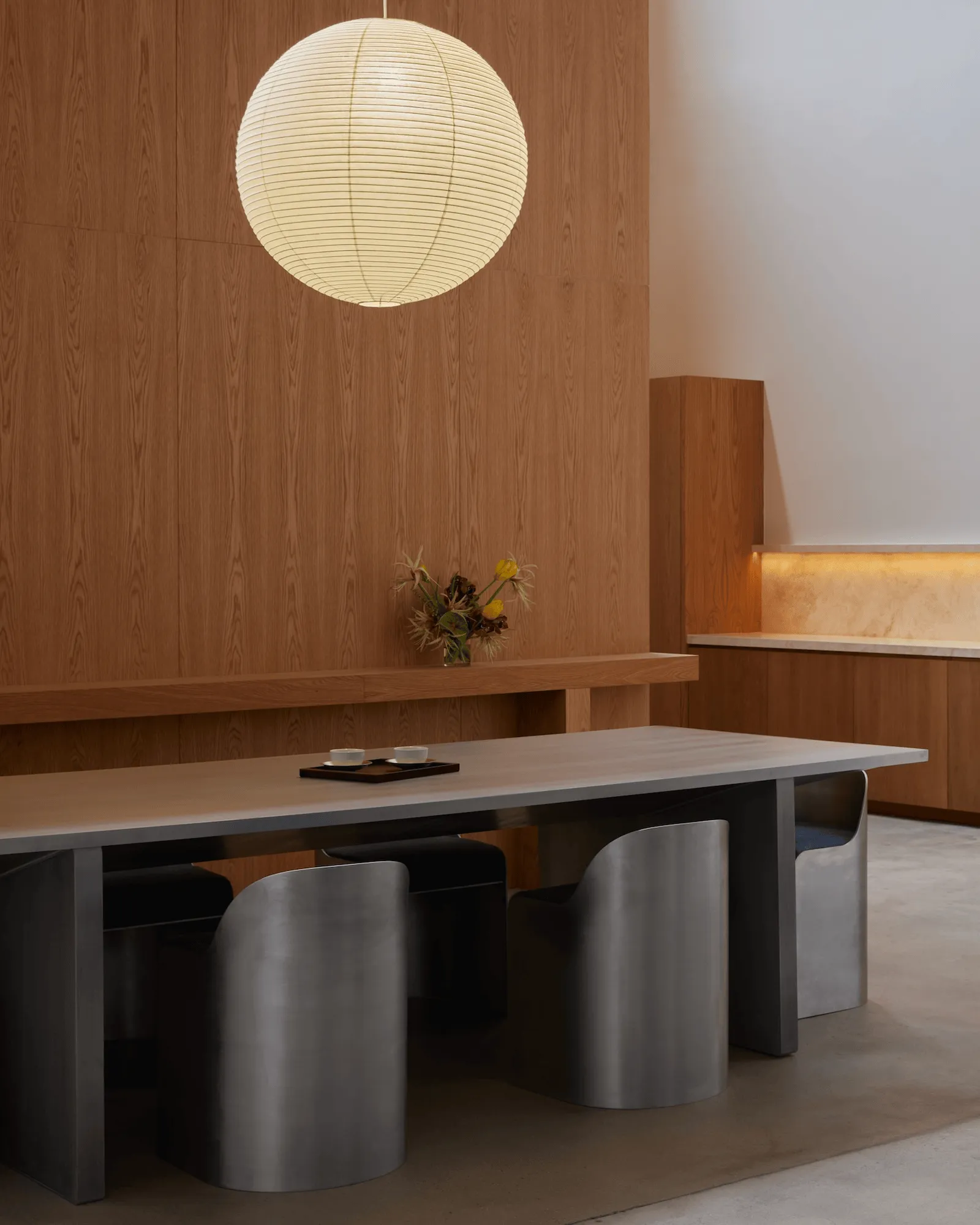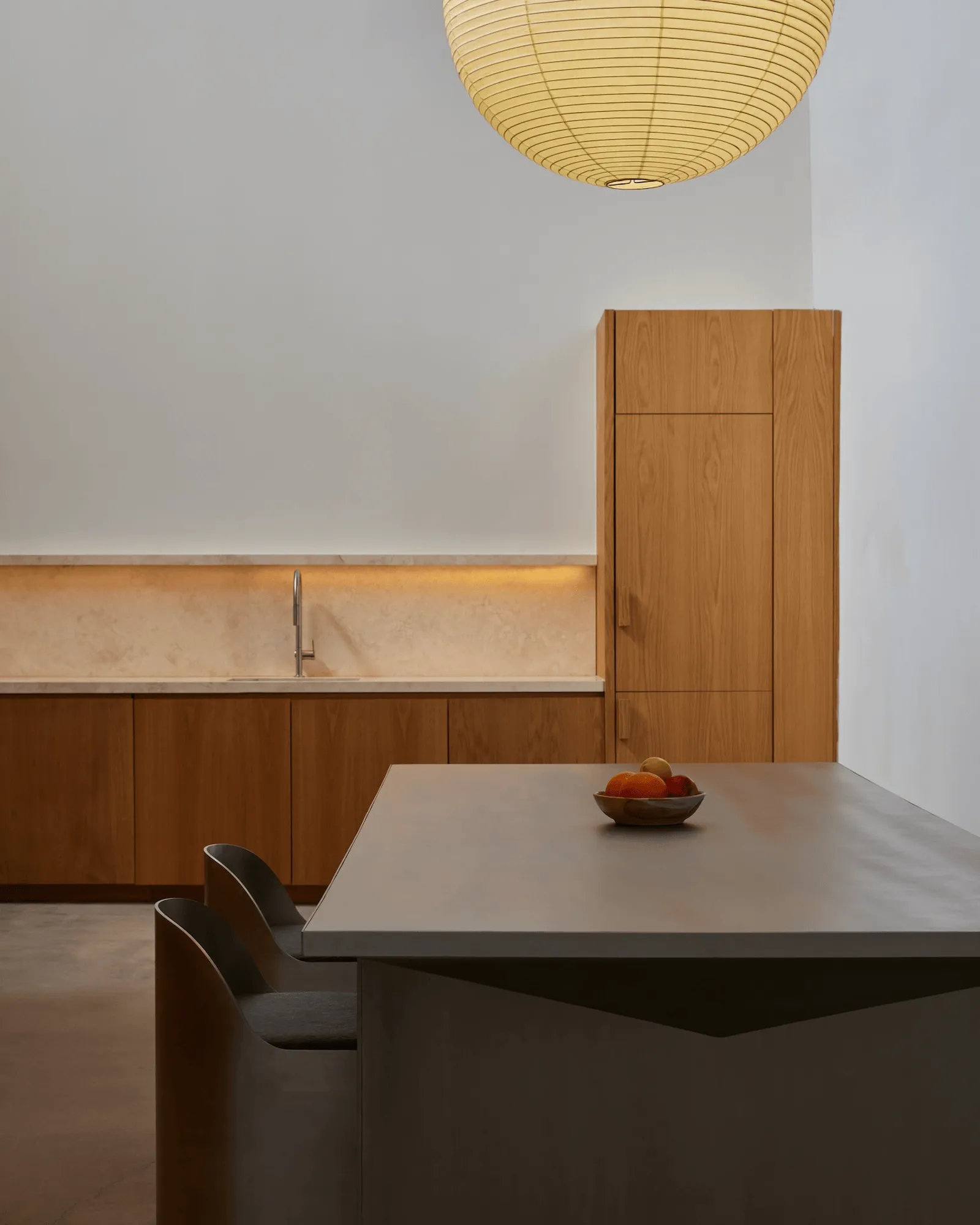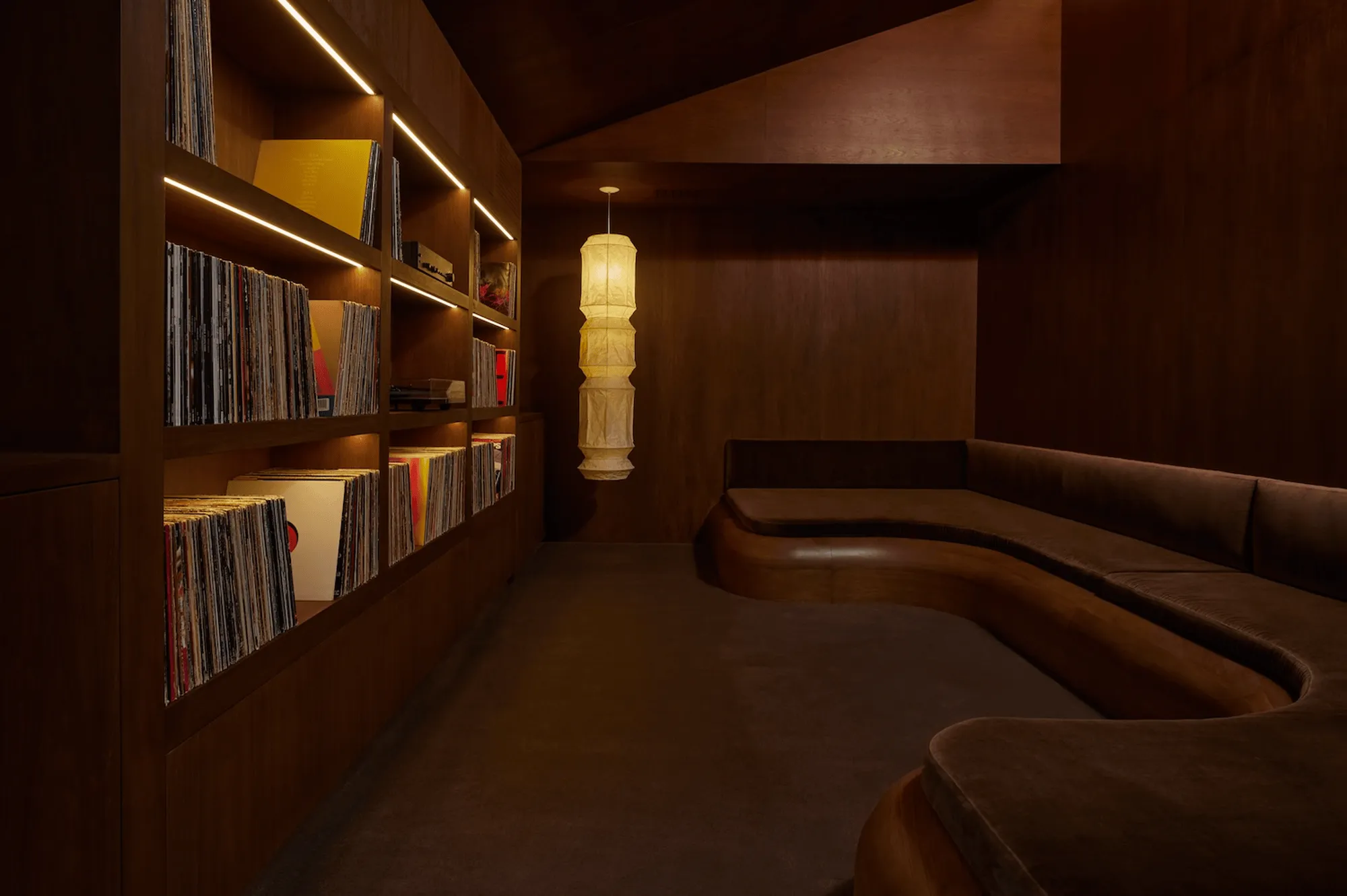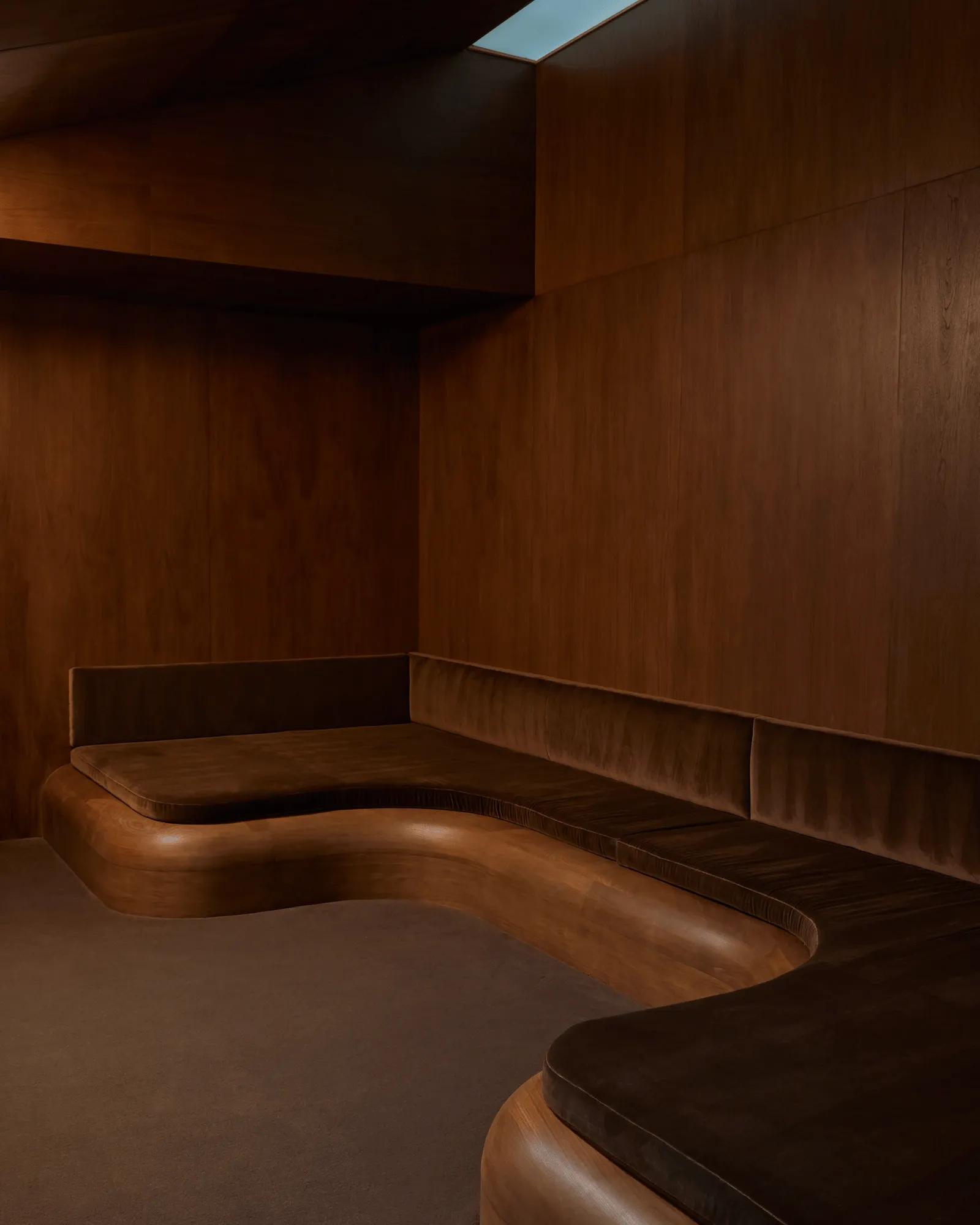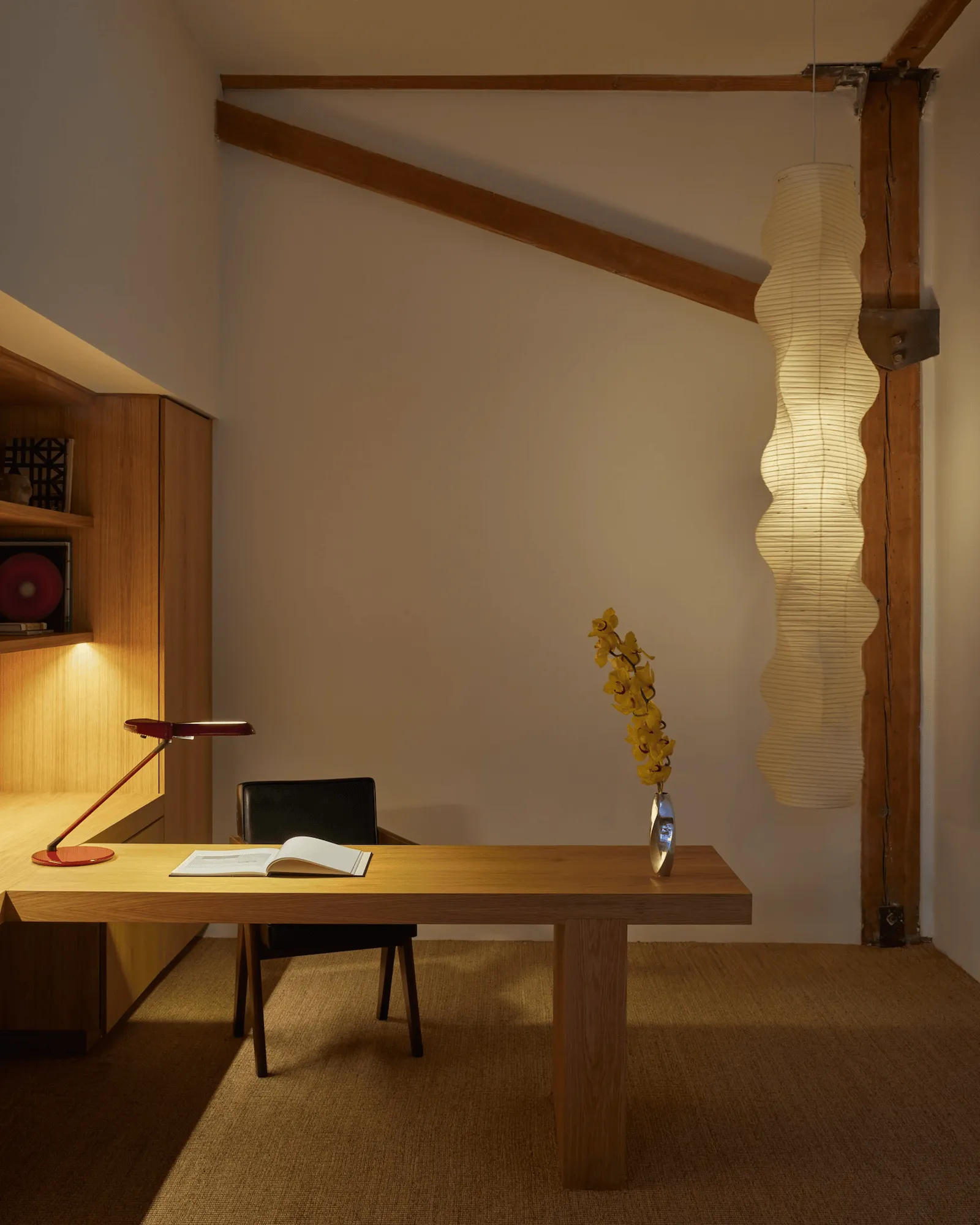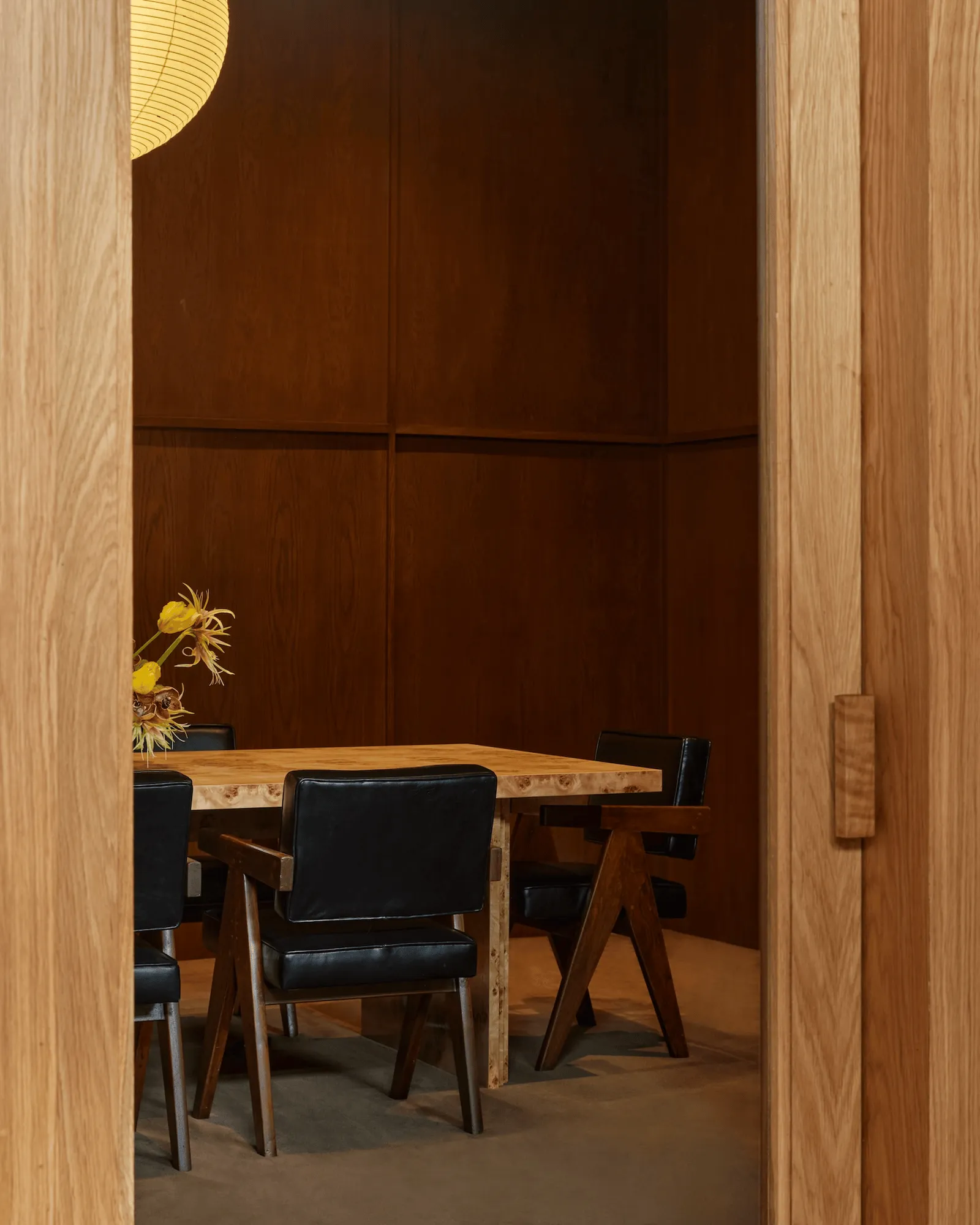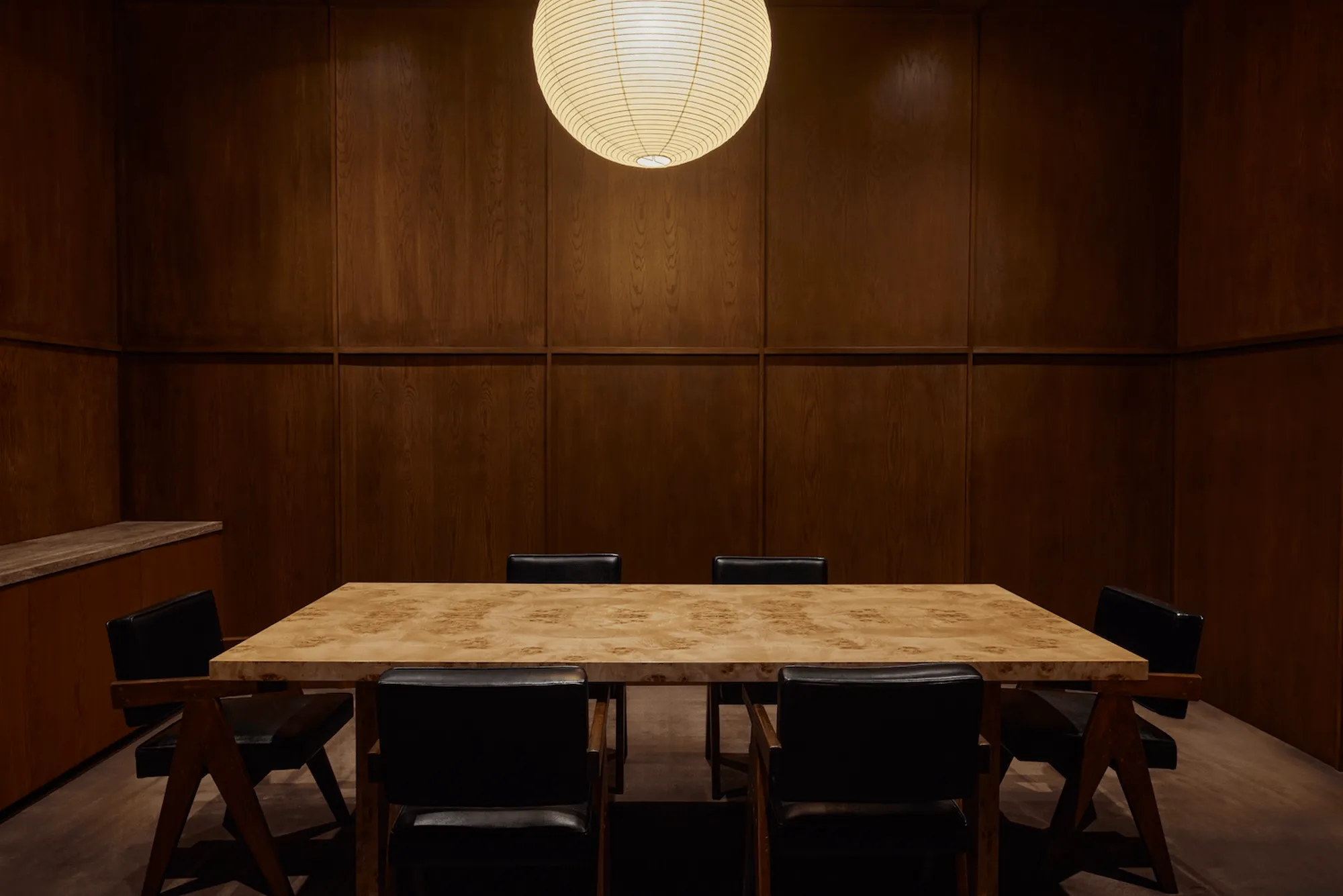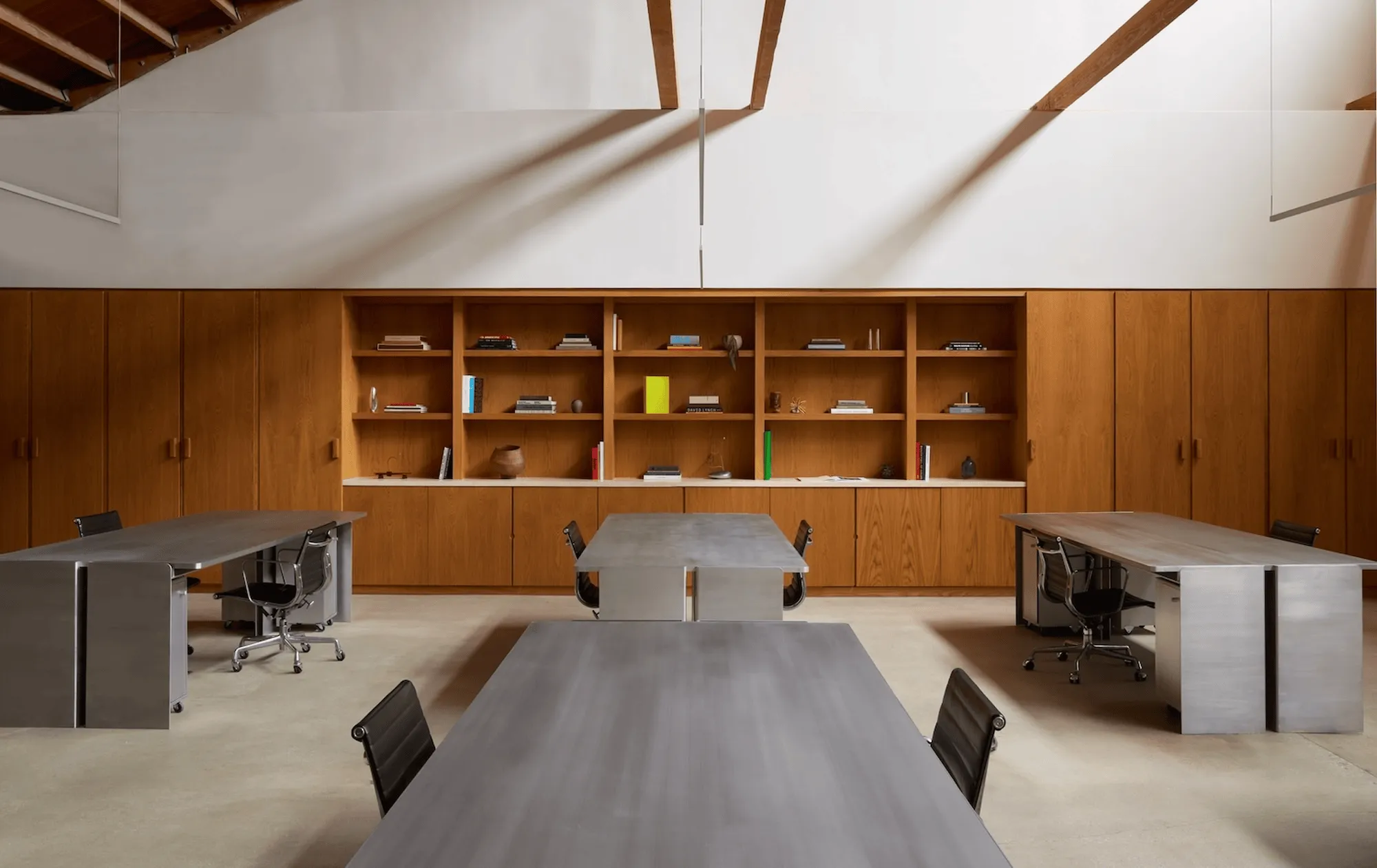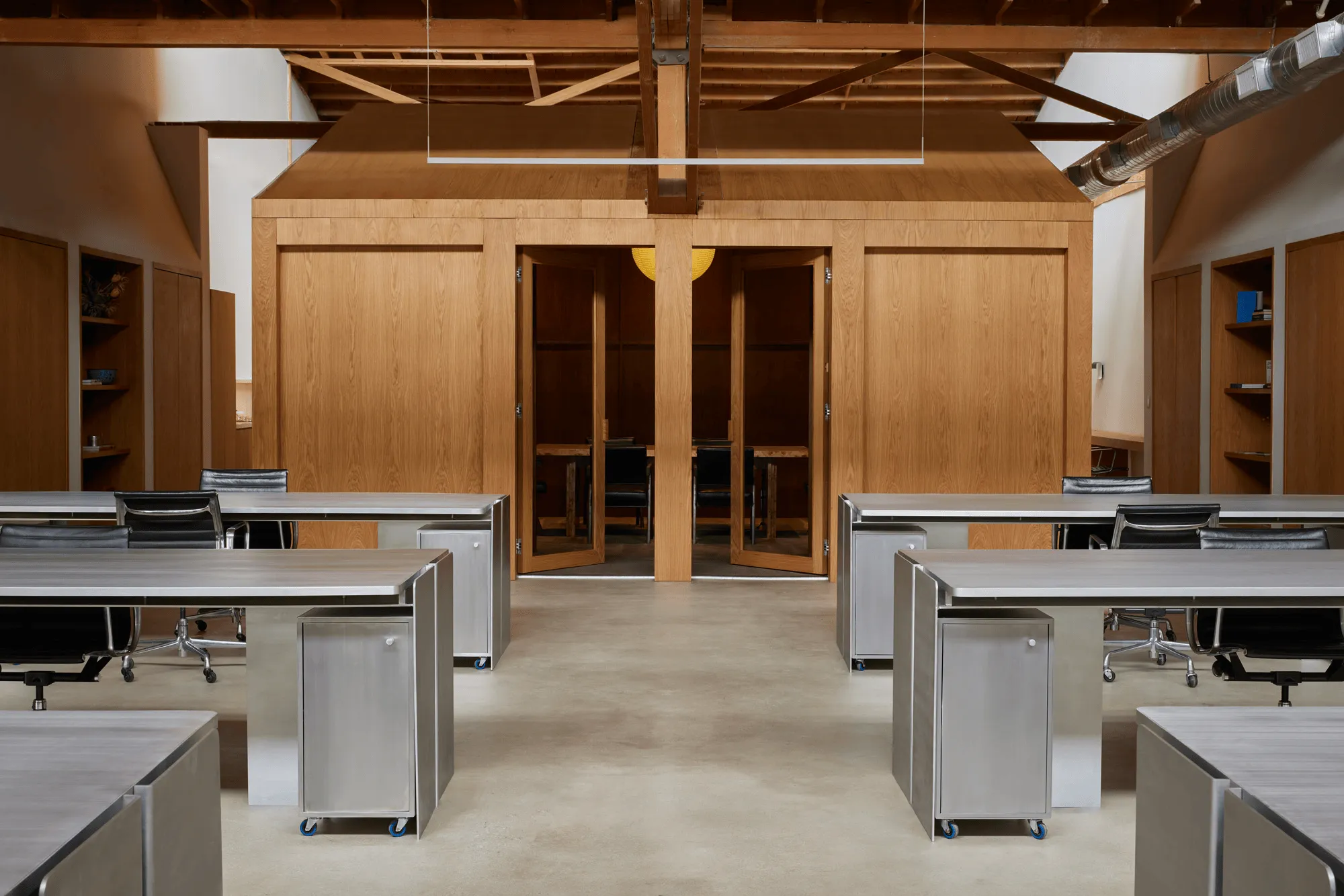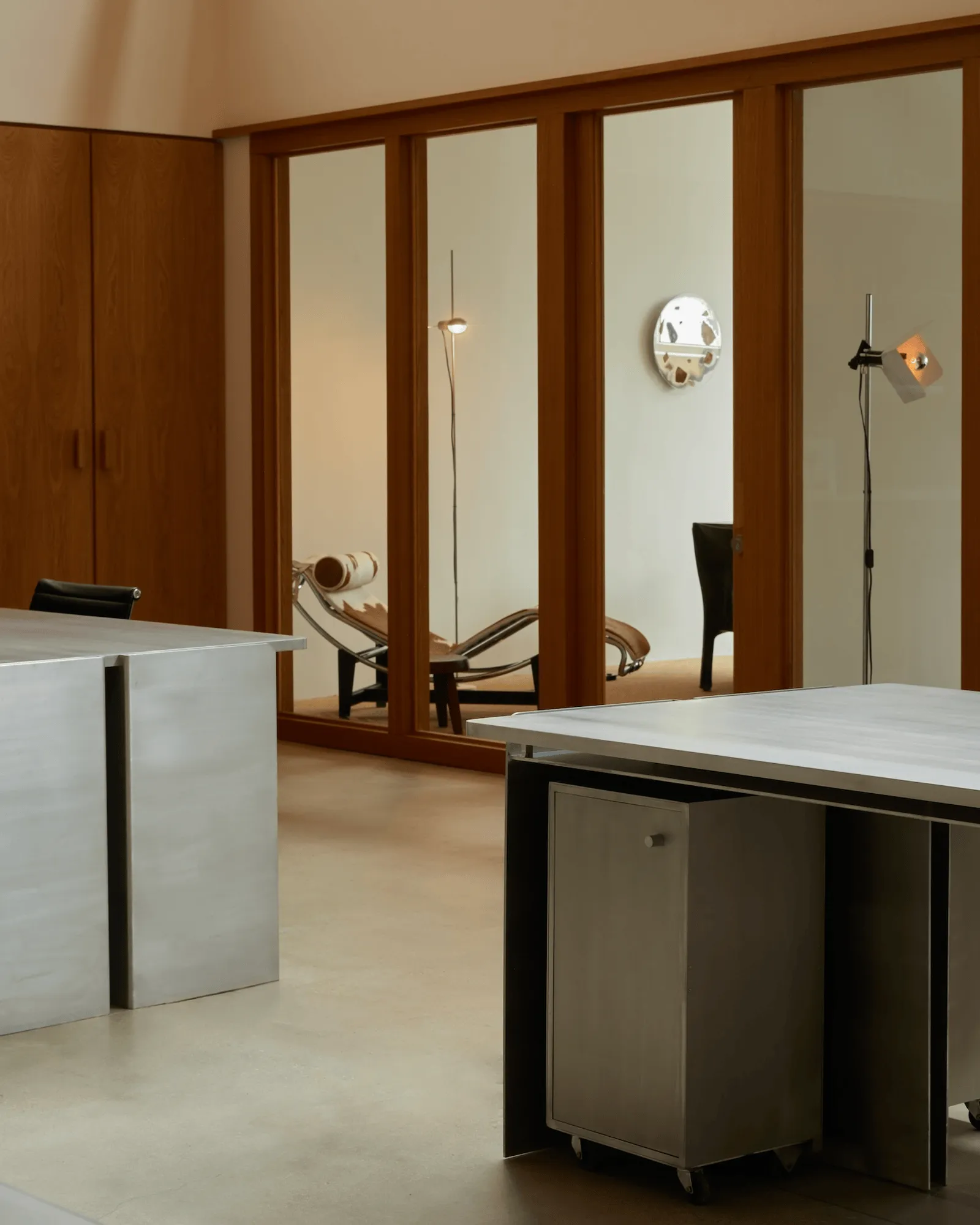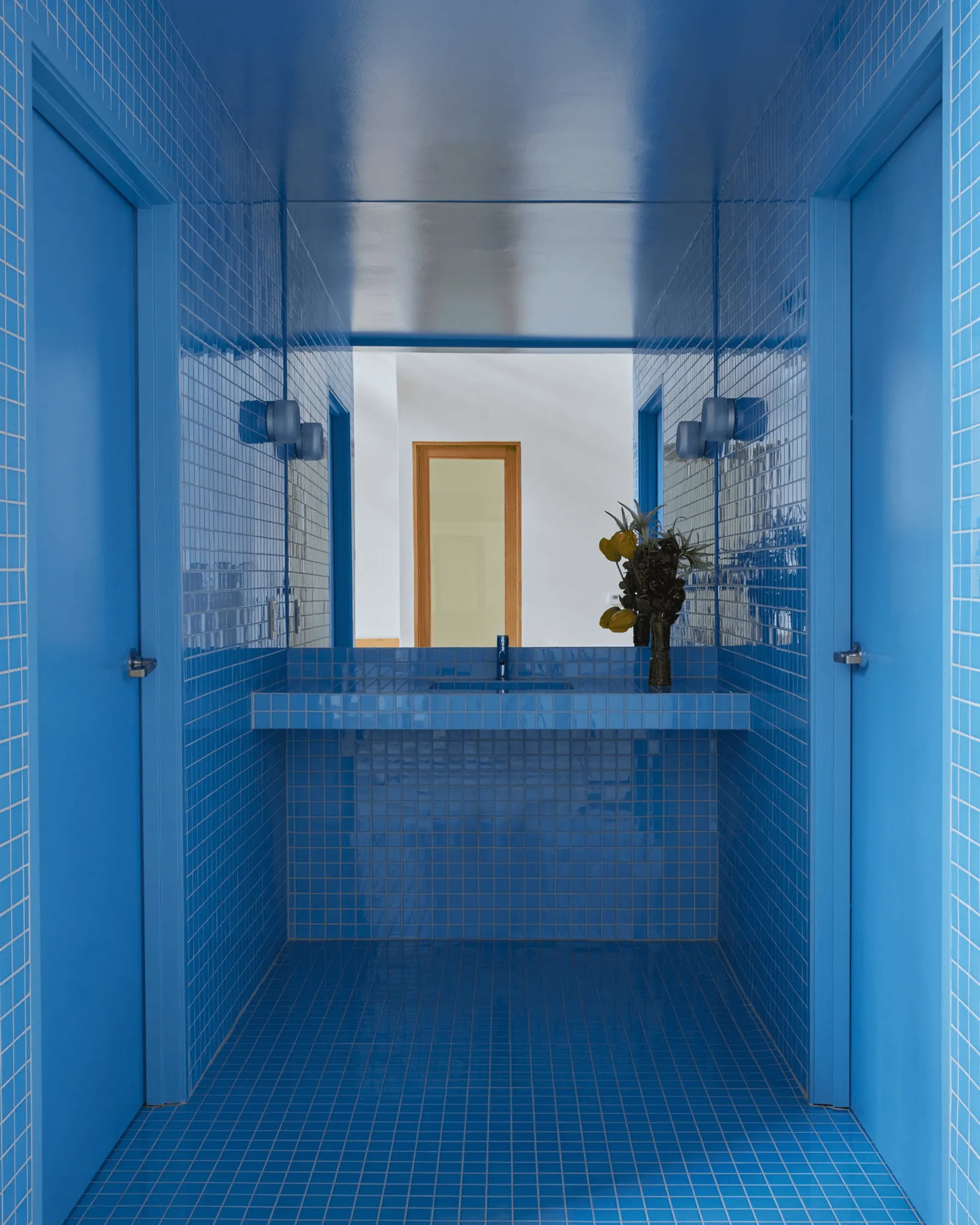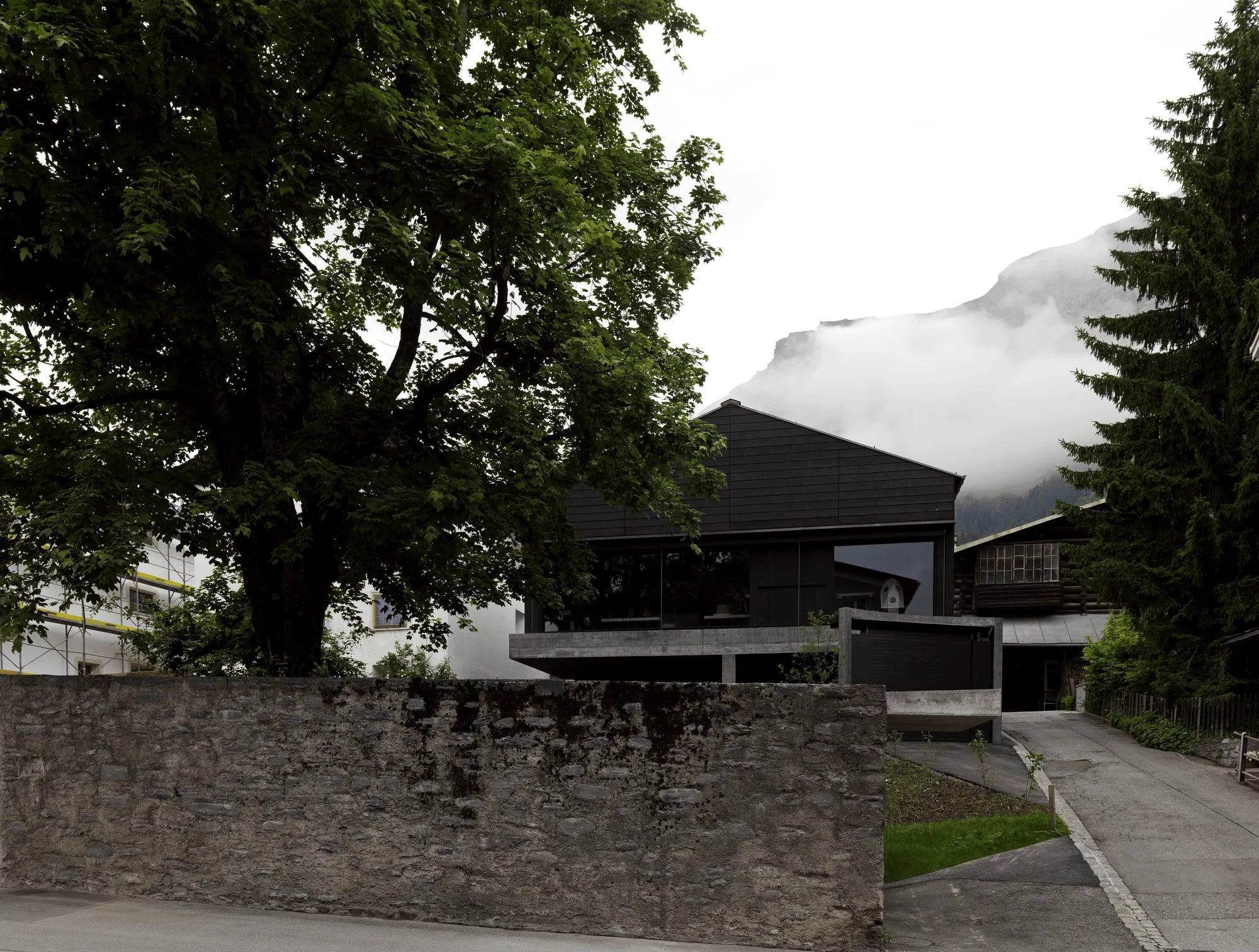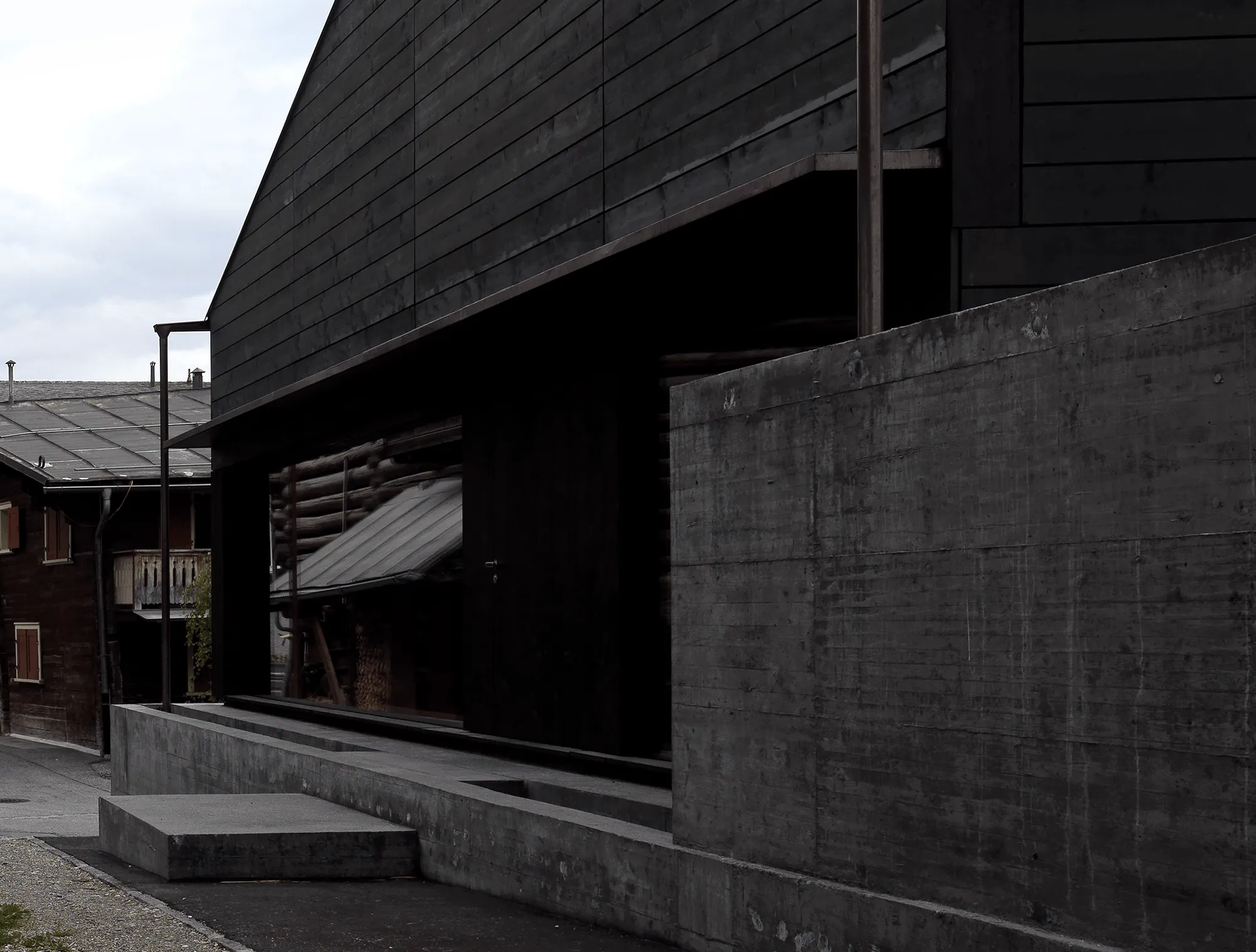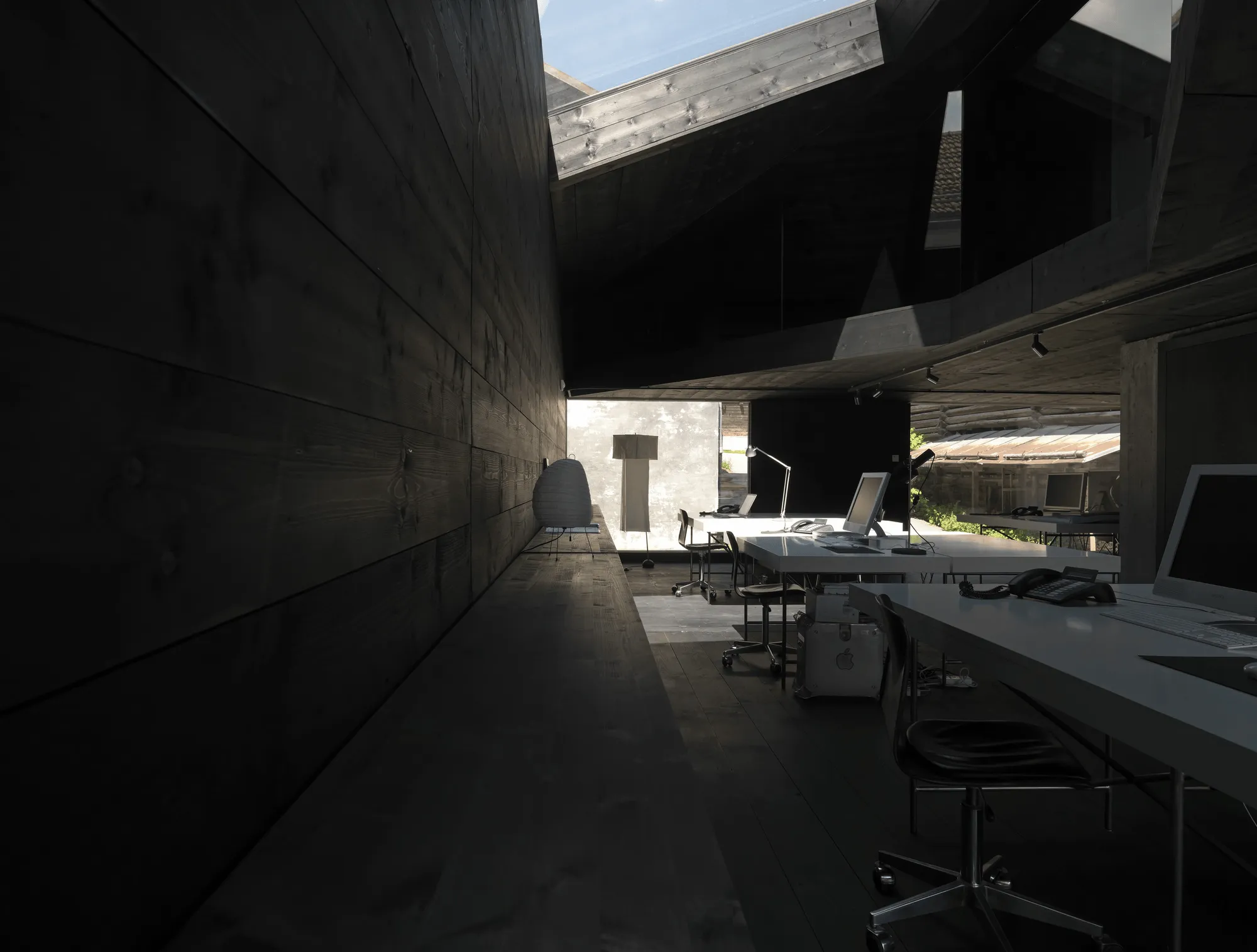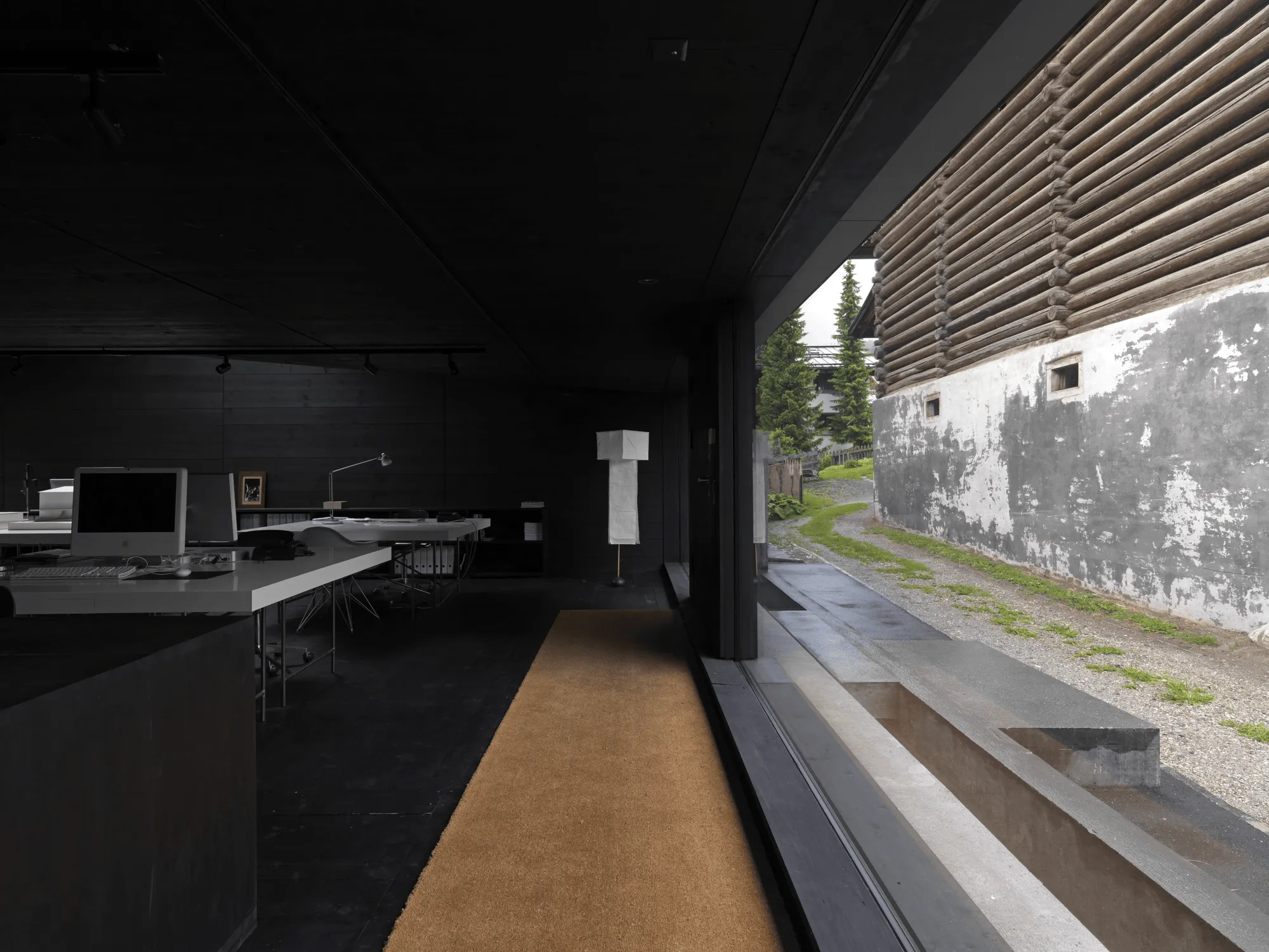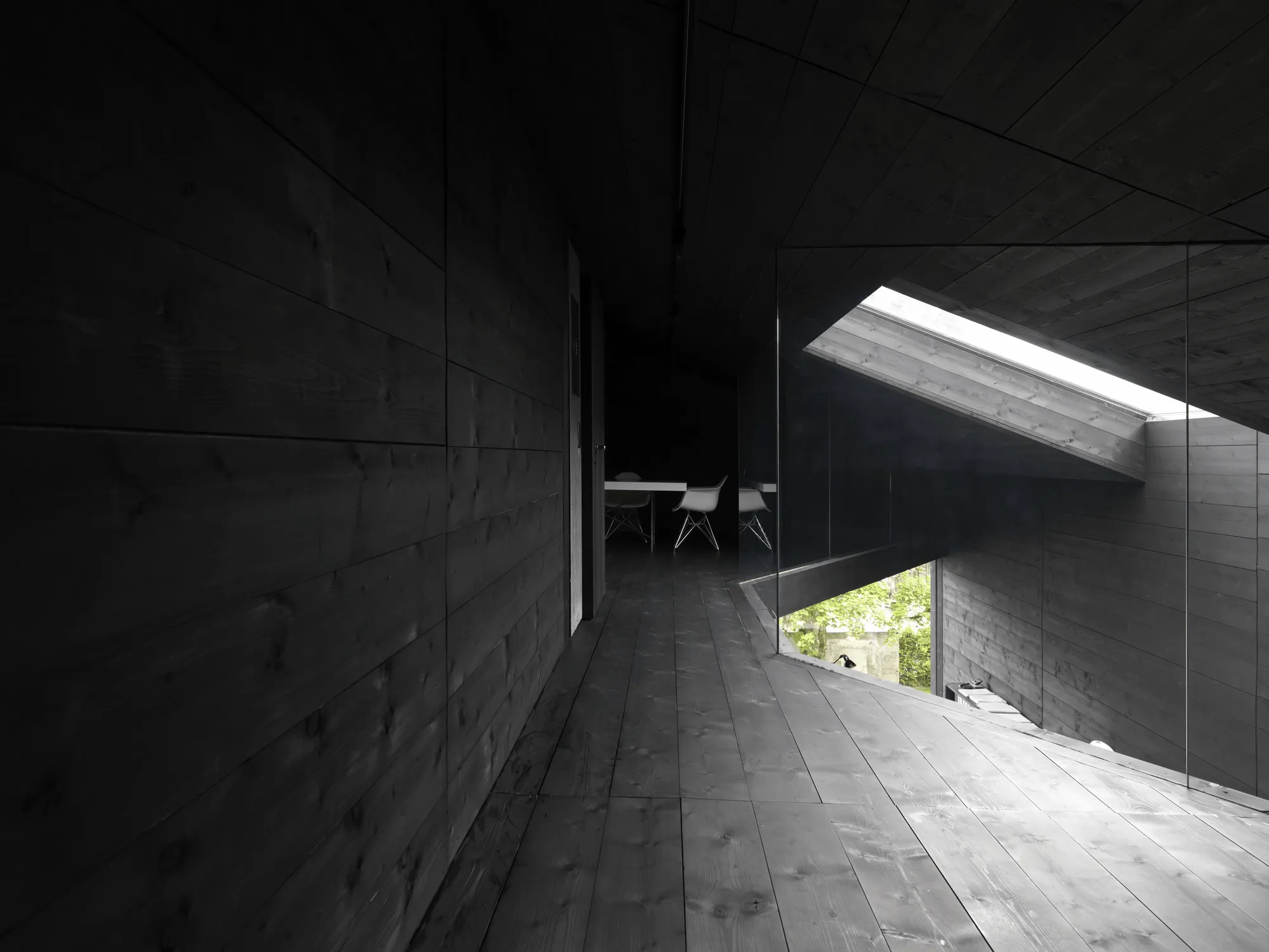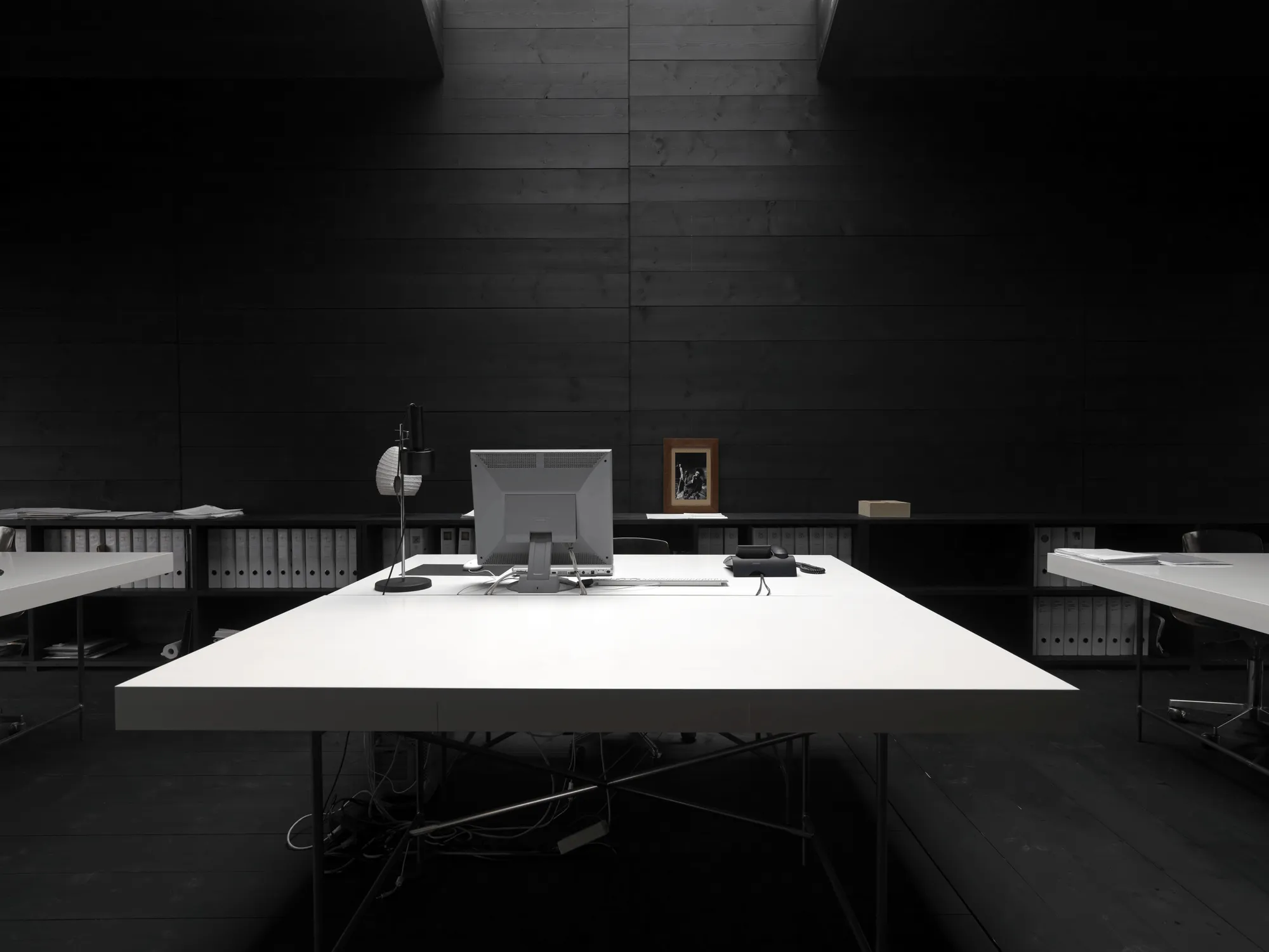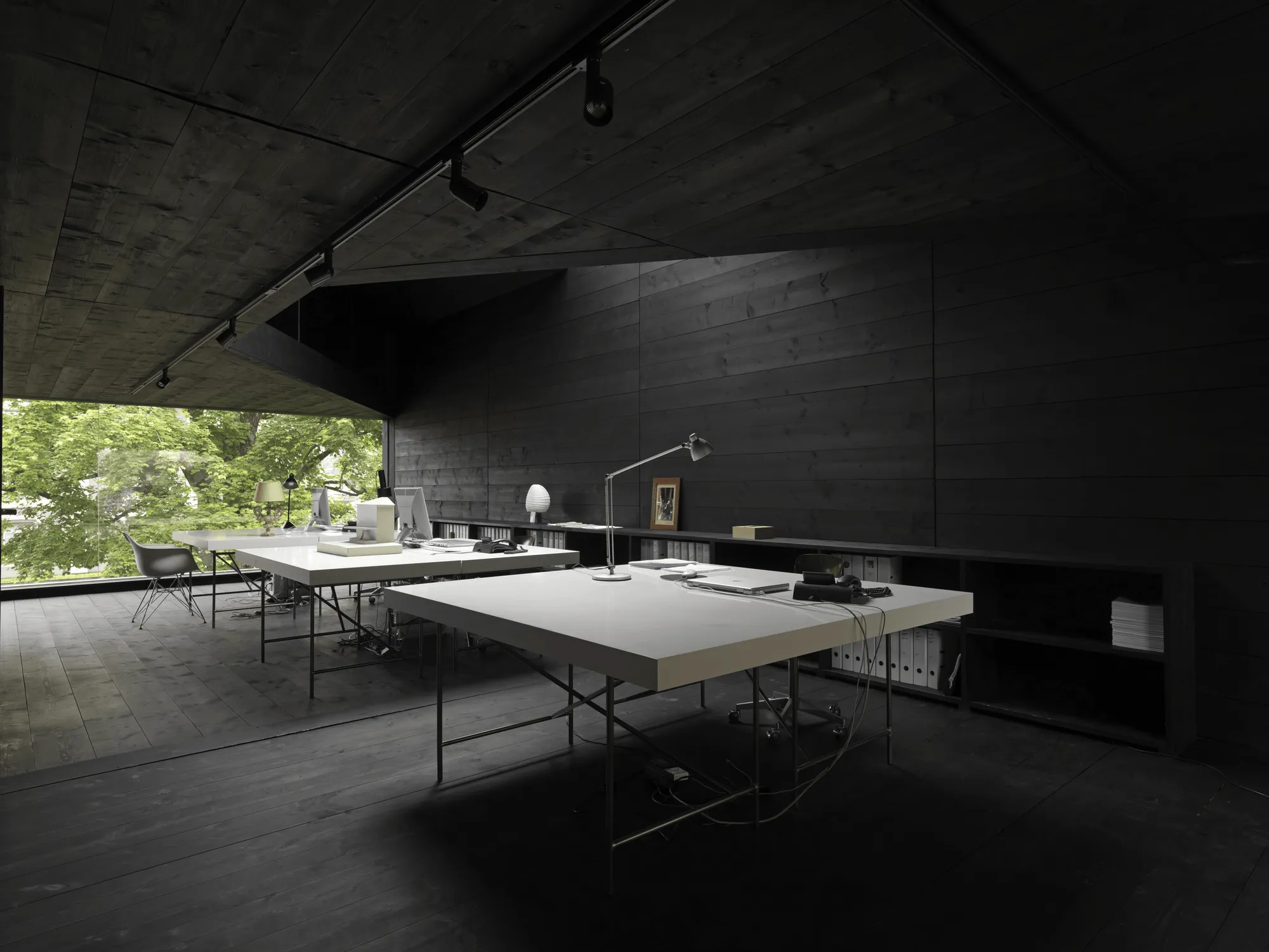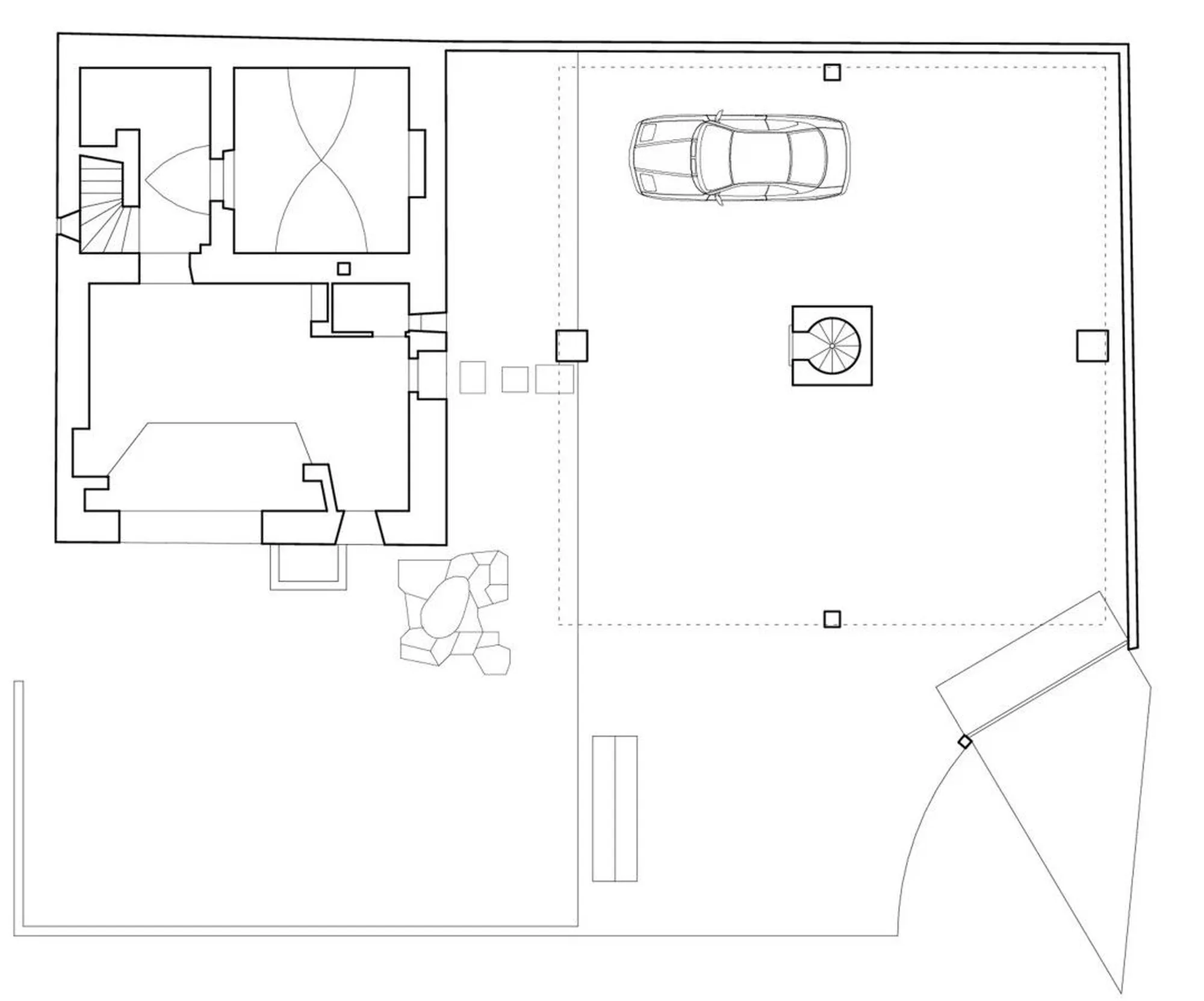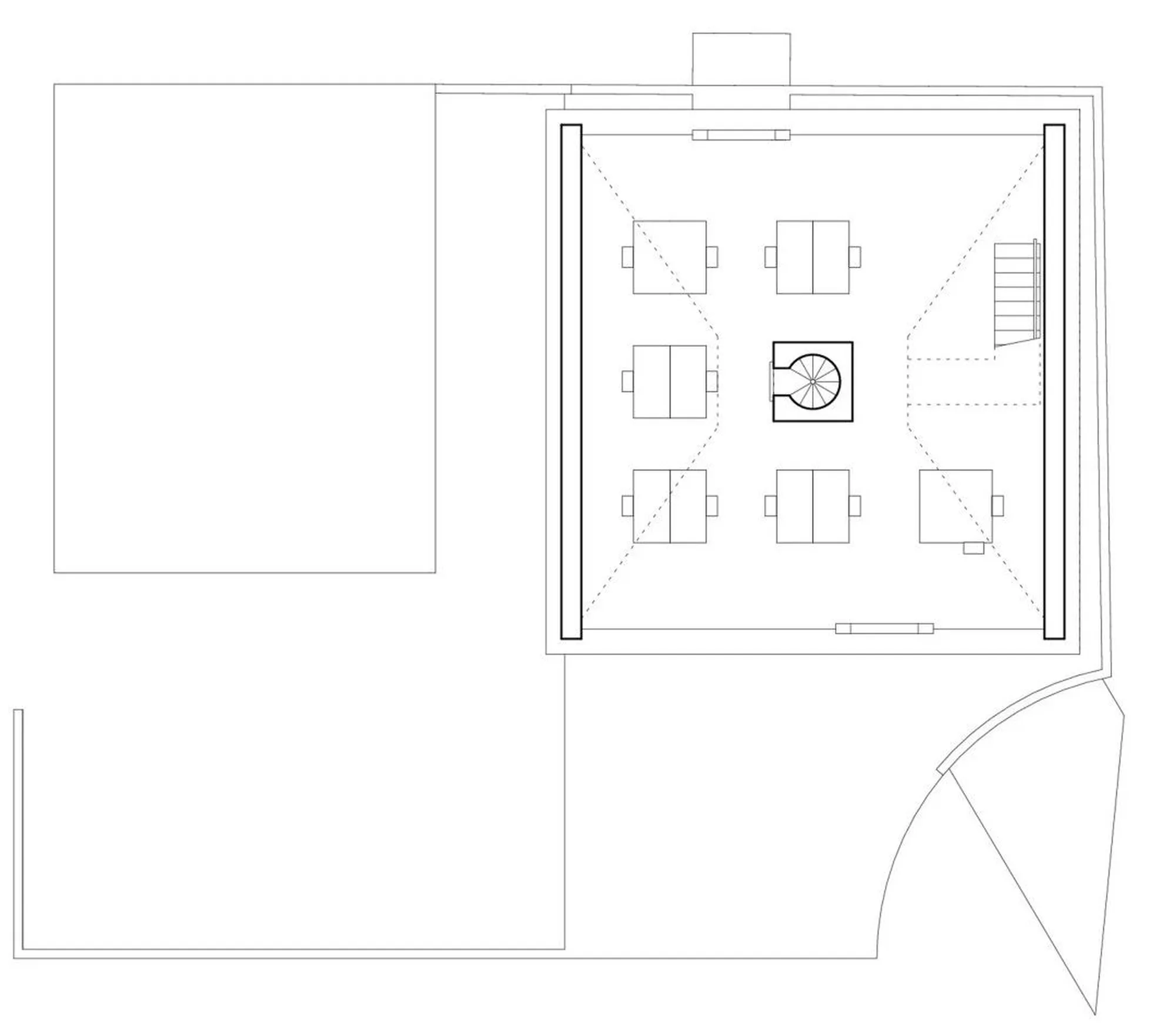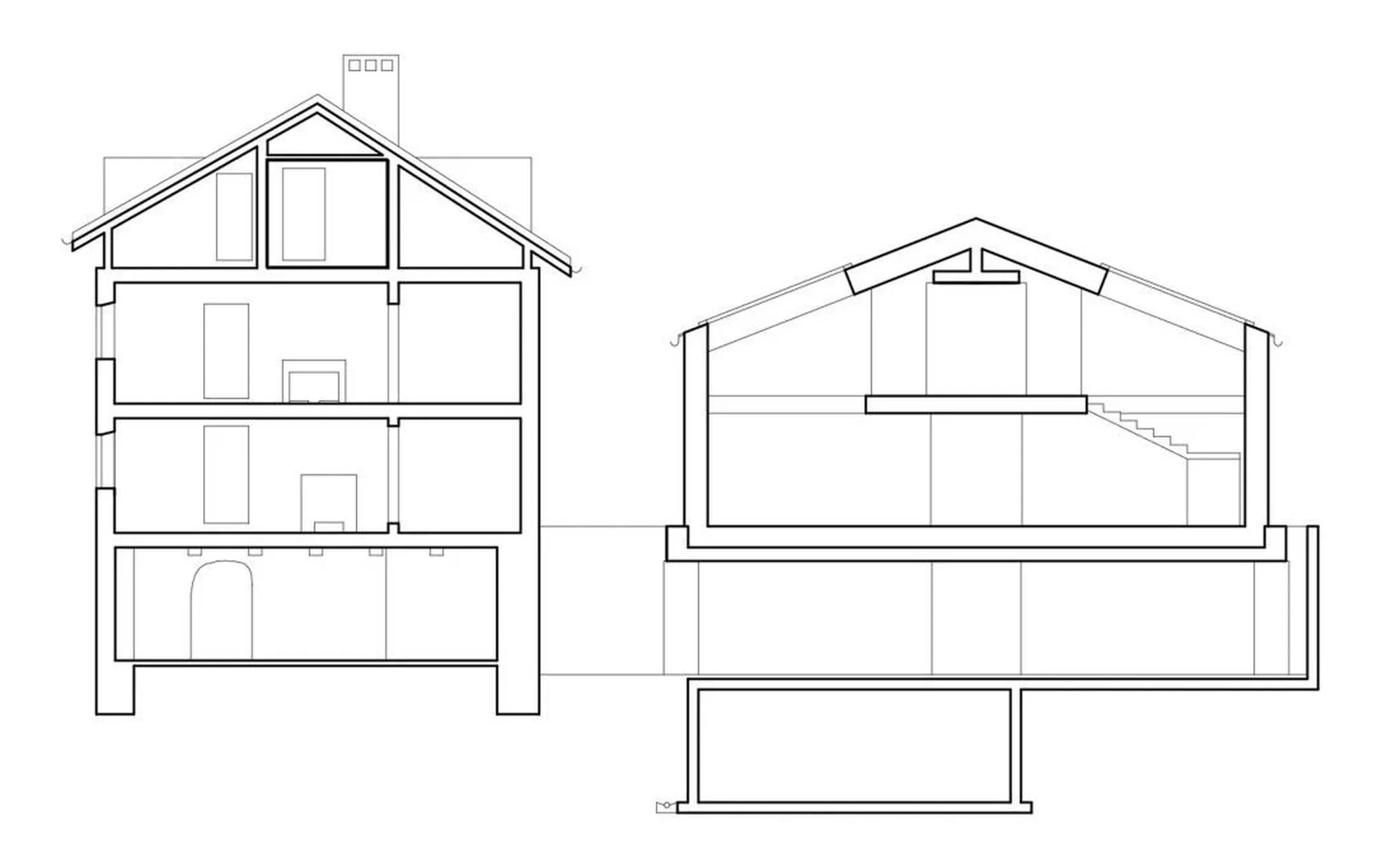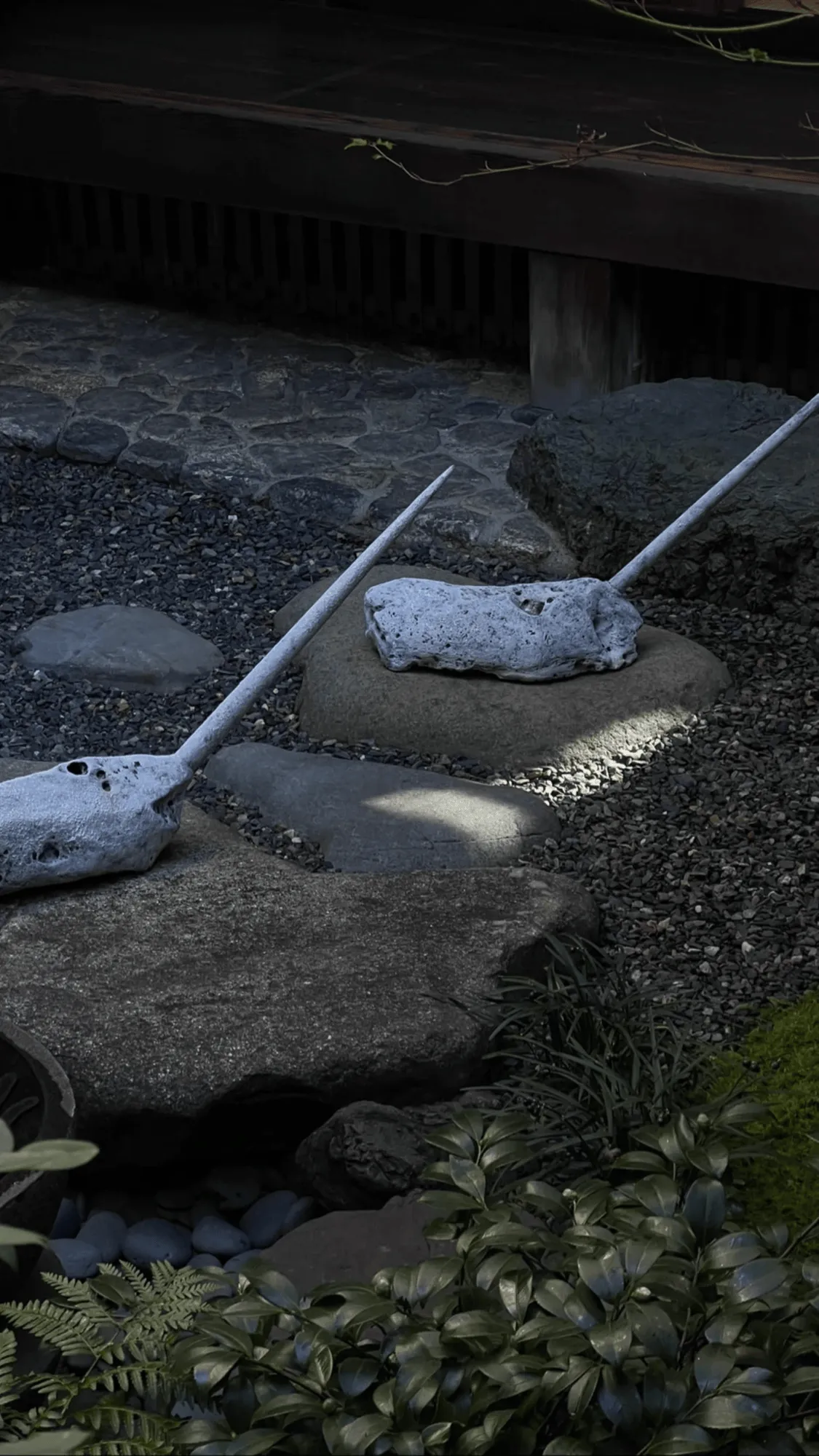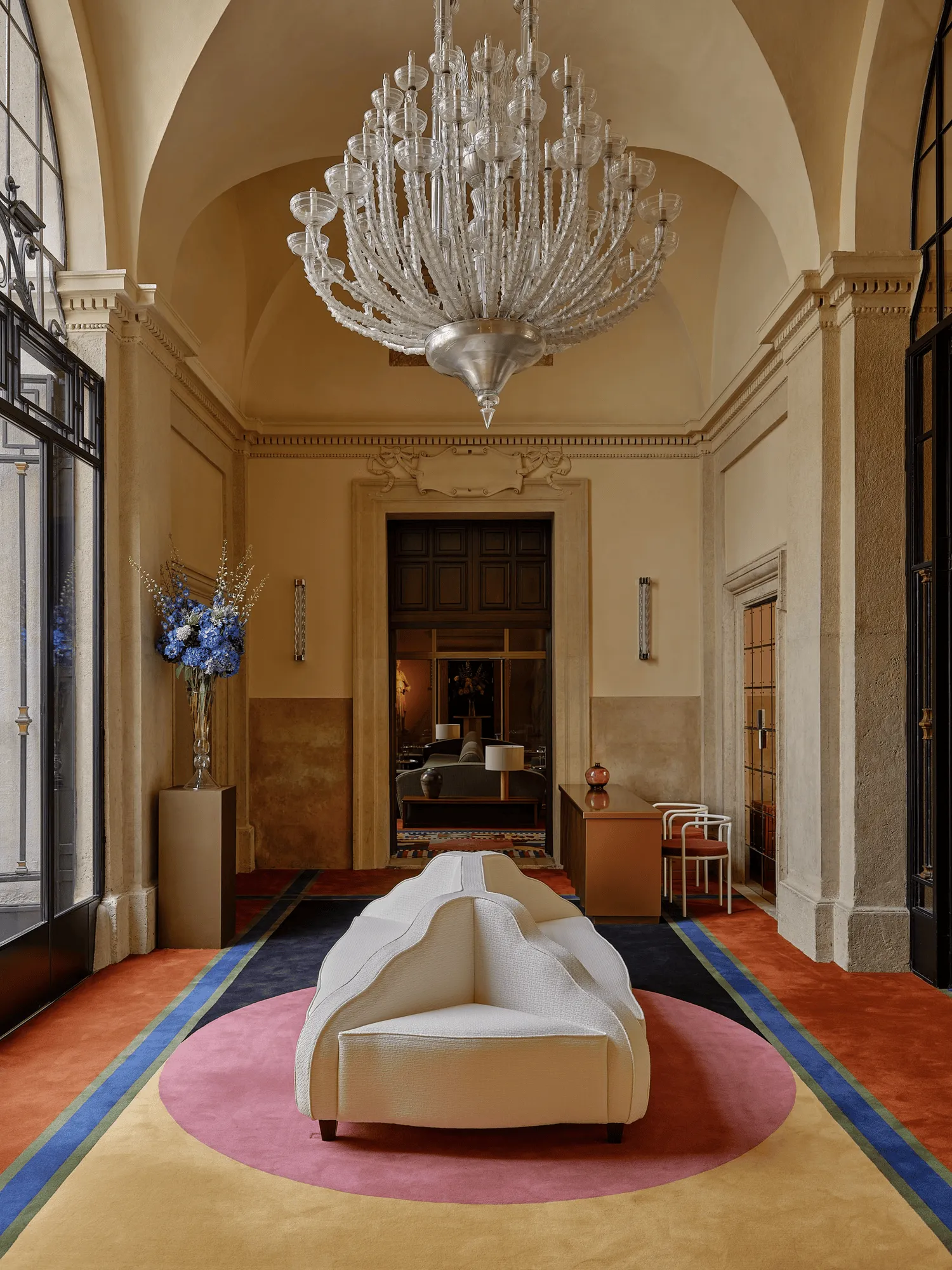Mater’s research centre Estudio Soroche reflects Noma’s design philosophy, blending aesthetics and functionality in an office space.
Contents
Mater’s research centre Estudio Soroche in Moche, Peru
The Mater’s research centre Estudio Soroche, located within the Mil restaurant above the Moche archaeological site in Peru, is an integral part of the renowned chef Virgilio Martínez’s culinary project, Noma. It is designed by Noma and serves as both an office and exhibition space. Taking cues from the existing architectural language, Estudio Soroche embraces a minimalist design approach, utilizing local resources and techniques to honor the site’s historical context and unique ambiance. This approach reflects Noma’s philosophy of integrating social interaction and functionality within a visually appealing and culturally sensitive space.
Design Philosophy and Objectives
The design of Mater’s research centre Estudio Soroche in Moche, Peru reflects Noma’s design philosophy, which emphasizes the importance of creating spaces that foster social interaction and enhance functionality. The office space aims to provide a stimulating and inspiring environment for the research team while also serving as a platform to showcase their work and engage with the local community. The design prioritizes aesthetics, cultural sensitivity, and sustainability, reflecting Noma’s broader commitment to creating spaces that are both beautiful and responsible.
Functionality and Space Planning
The layout of Mater’s research centre Estudio Soroche is designed to promote collaboration and flexibility. The open-plan office space encourages interaction among team members, while dedicated areas for research, meetings, and exhibitions provide opportunities for focused work and knowledge sharing. The space seamlessly integrates with the Mil restaurant, creating a dynamic environment where culinary innovation and research intersect. The fluidity and hierarchy of the space are further emphasized through the thoughtful selection of materials and detailing, reflecting Noma’s commitment to creating an environment that is both functional and aesthetically pleasing.
Visual Aesthetics and Materiality
The aesthetic of Estudio Soroche is characterized by a harmonious blend of natural materials, handcrafted elements, and minimalist design principles. Split-faced rock and wood define the natural tone of the office, reflecting the surrounding landscape and architectural character. The use of local materials and techniques, such as the incorporation of textiles woven by local female artisans, reinforces the connection to the site’s cultural heritage. The inclusion of select pieces from Mater’s collection further enhances the aesthetic appeal of the space, demonstrating Noma’s commitment to showcasing sustainable and ethically produced design. The combination of these elements creates a visually captivating and culturally rich environment that embodies Noma’s design philosophy.
Buon Gusto Studios in Sydney
Buon Gusto, a cherished Italian pizzeria with a rich 35-year history in Sydney, has been transformed into an artist’s studio by Studio Shand. This renovation retains the beloved vintage ambiance while introducing a contemporary layer through a blend of beige, mustard yellow, and light green hues. This approach embodies a philosophy of old and new coexisting harmoniously, ensuring the building’s original character and intentions are carried forward. The interior material selection is a careful response to the existing wall textures and tones, with a minimalist approach that adapts the space for modern functionality. For the artist, this workspace becomes a blank canvas, allowing them to connect with the space’s history and create a dialogue that bridges time.
Ceremony of Roses Office in Louisiana
Located in Culver City’s industrial district, the Ceremony of Roses office stands as a testament to the adaptive reuse of industrial spaces. This 1950s factory, originally built by modernist pioneer A. Quincy Jones, has been meticulously restored under the guidance of Dean Levin, with a keen focus on material durability and sustainability. Drawing inspiration from 1970s American architecture, Latin American styles, and the works of Oscar Niemeyer, the space features a unique blend of natural materials and metal, emphasizing a vintage yet modern aesthetic. The result is a space that is both serious and warm, unlike a conventional office, reflecting the evolving needs of modern workspaces.
Office of Valerio Olgiati in Flims, Switzerland
The Office of Valerio Olgiati in Flims, Switzerland, is a sculptural building that stands out against its rural backdrop. Designed by Valerio Olgiati, the project was guided by local regulations and the need to preserve the original building’s structure. The stark black exterior and transitional language connecting the past and present create a unique architectural identity. The building’s functionality is as intriguing as its appearance, reflecting the architect’s dual role as both creator and user. The ground floor offers an open space that seamlessly transitions into the garage, while the second floor’s concrete structure fosters introspection. This tranquil and profound spatial experience embodies the underlying design principles that guide Valerio Olgiati’s work.
Project Information:
Architects: Noma
Area: n/a
Project Year: n/a
Project Location: Moche, Peru
Photographs: Noma
Architects: Studio Shand
Area: n/a
Project Year: n/a
Project Location: Sydney, Australia
Photographs: Traianos Pakioufakis
Architects: 22RE
Area: n/a
Project Year: n/a
Project Location: Louisiana, USA
Photographs: Yoshihiro Makino
Architects: Valerio Olgiati
Area: n/a
Project Year: n/a
Project Location: Flims, Switzerland
Photographs: Archive Valerio Olgiati


